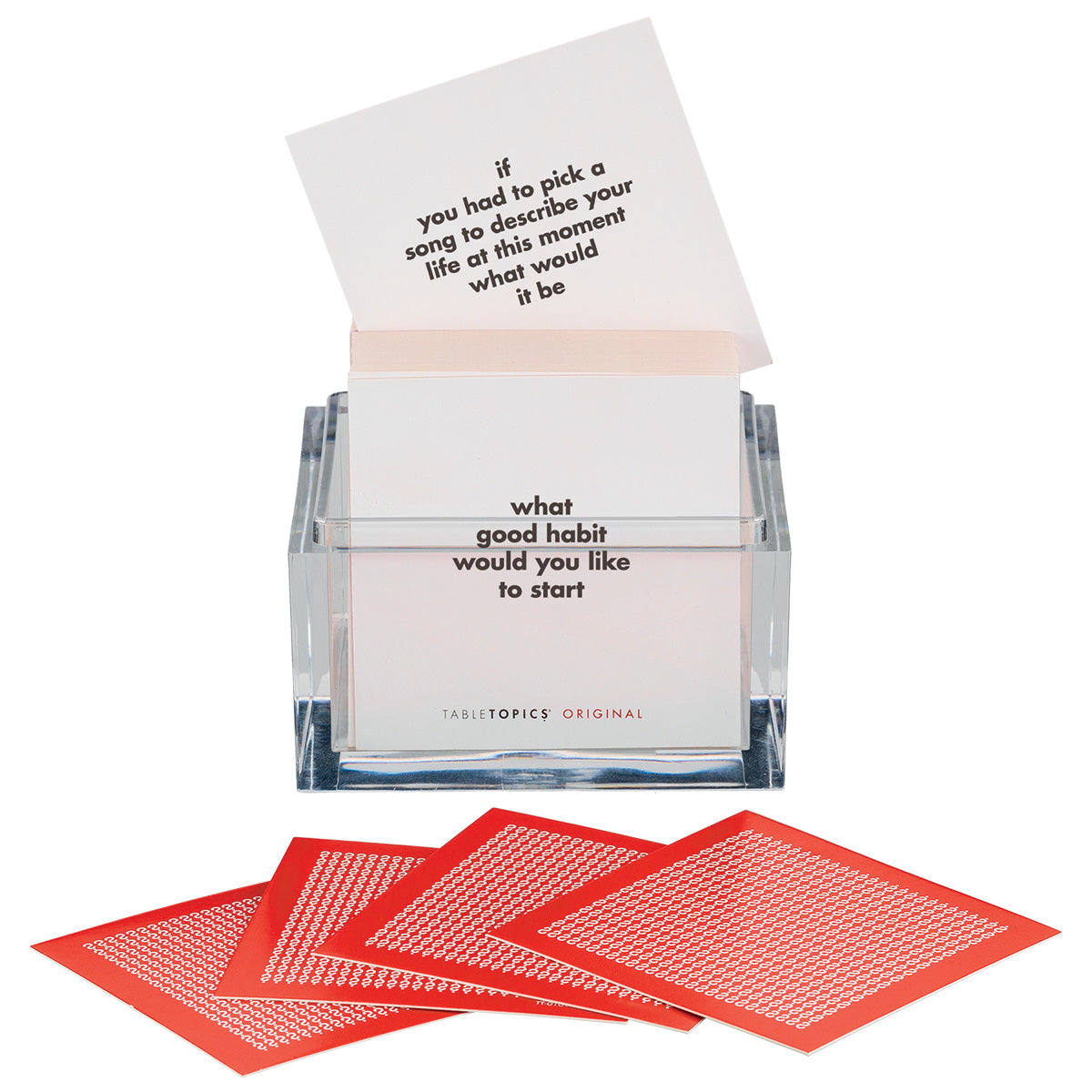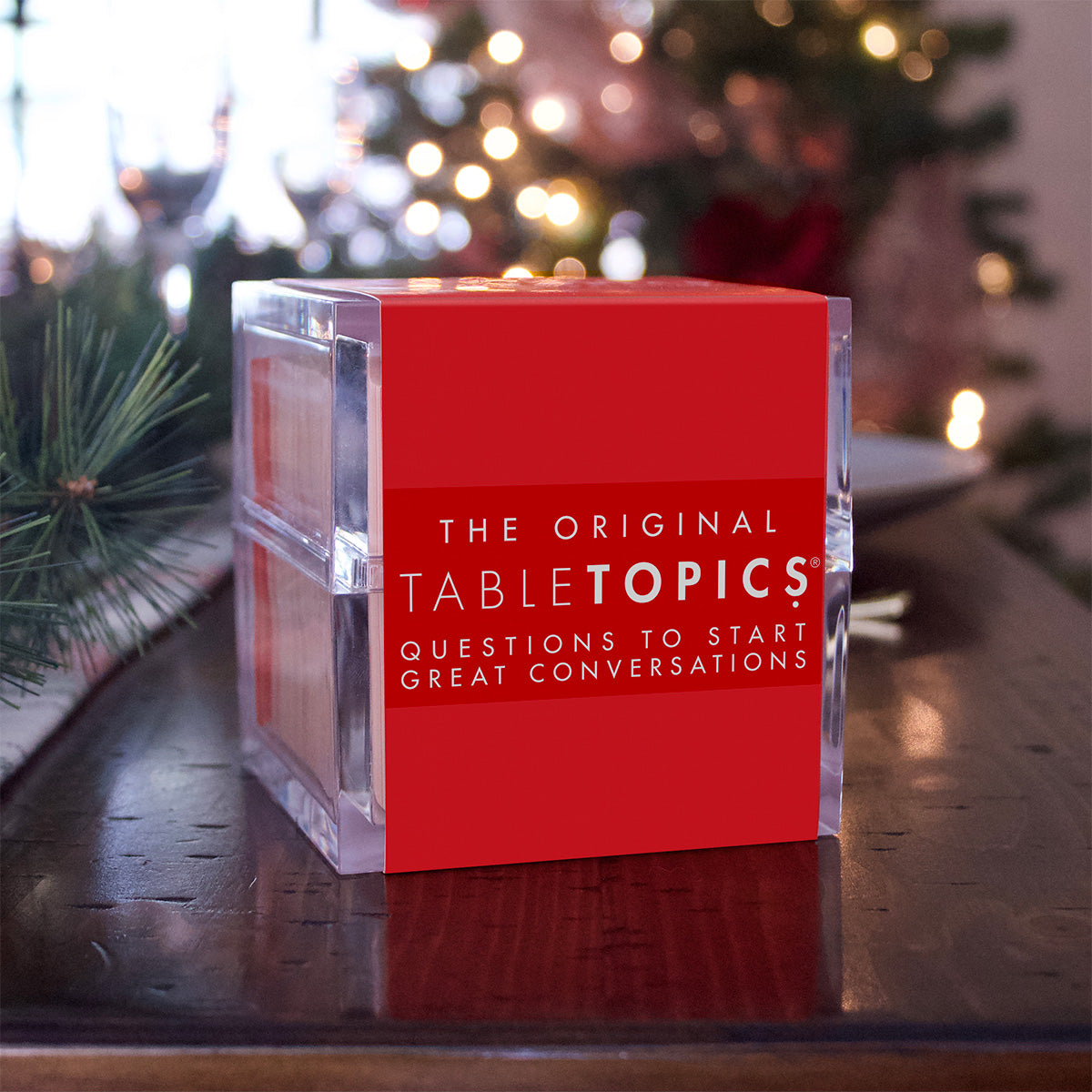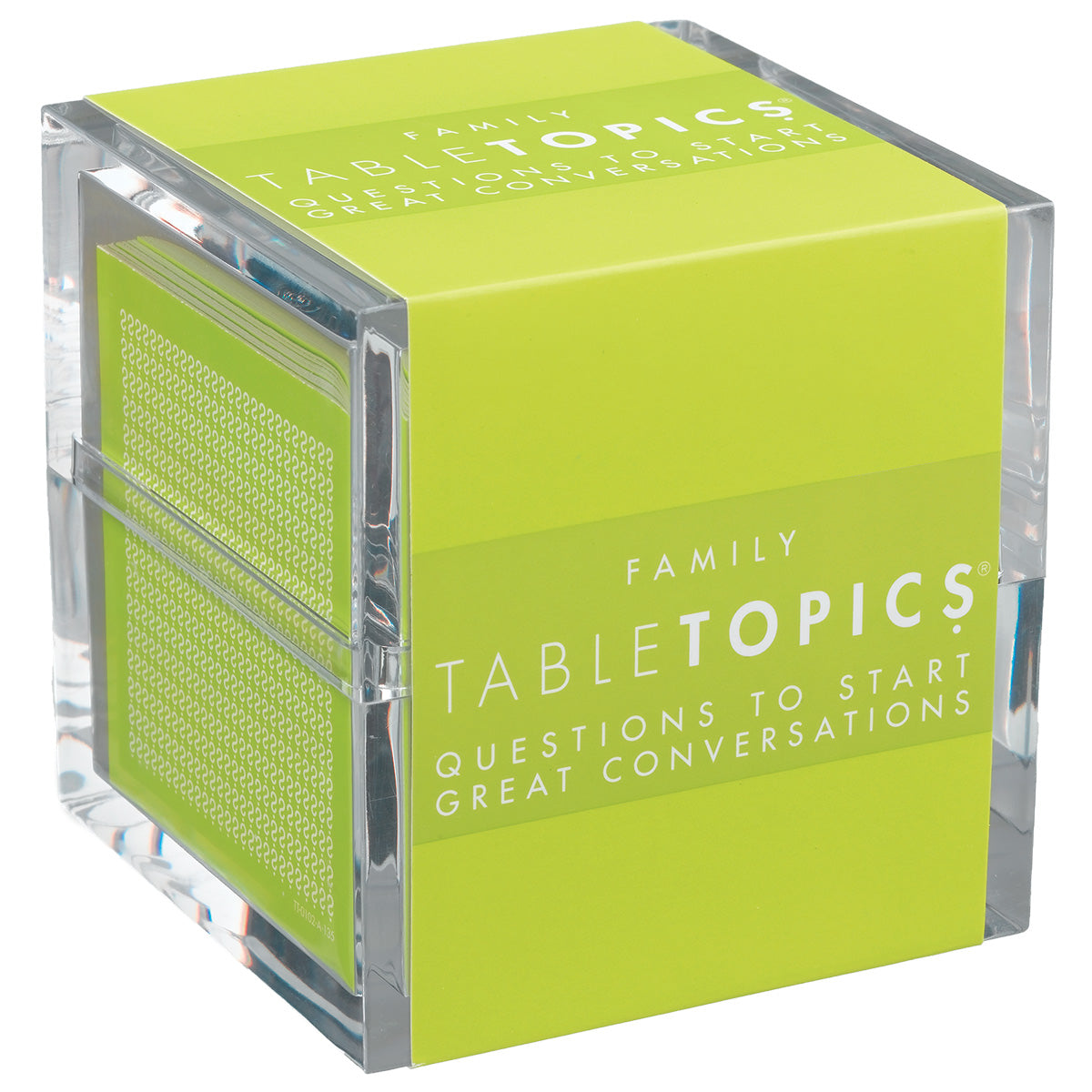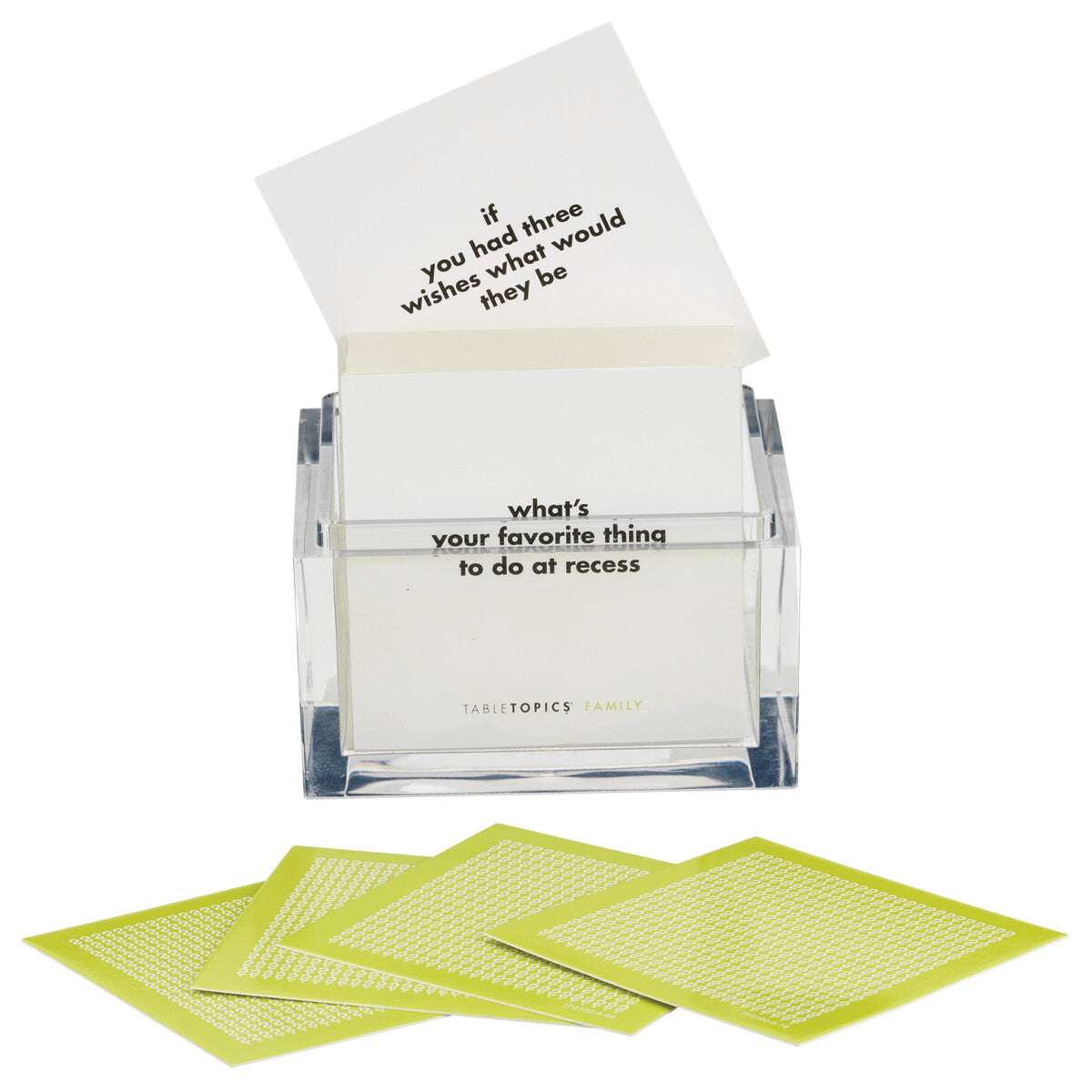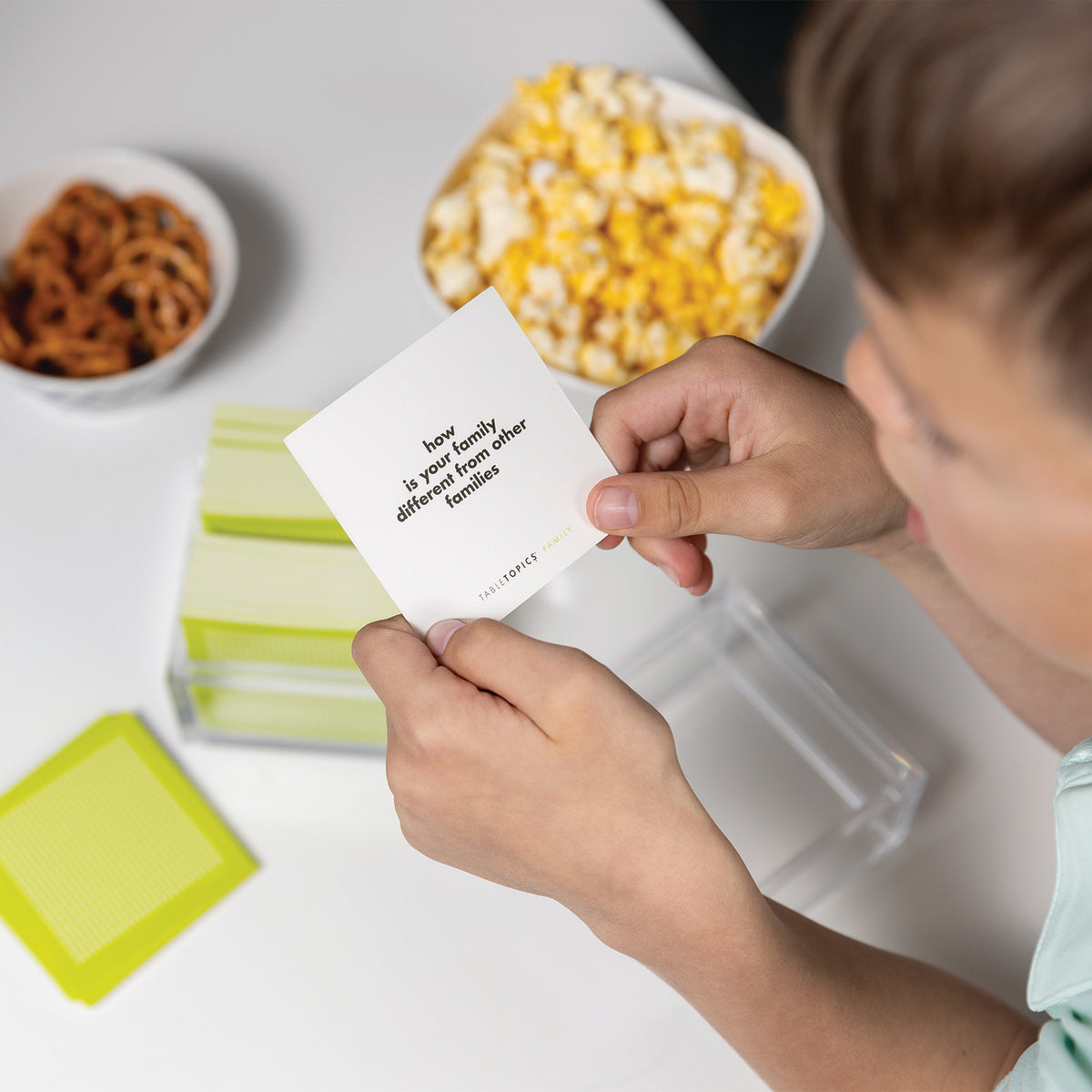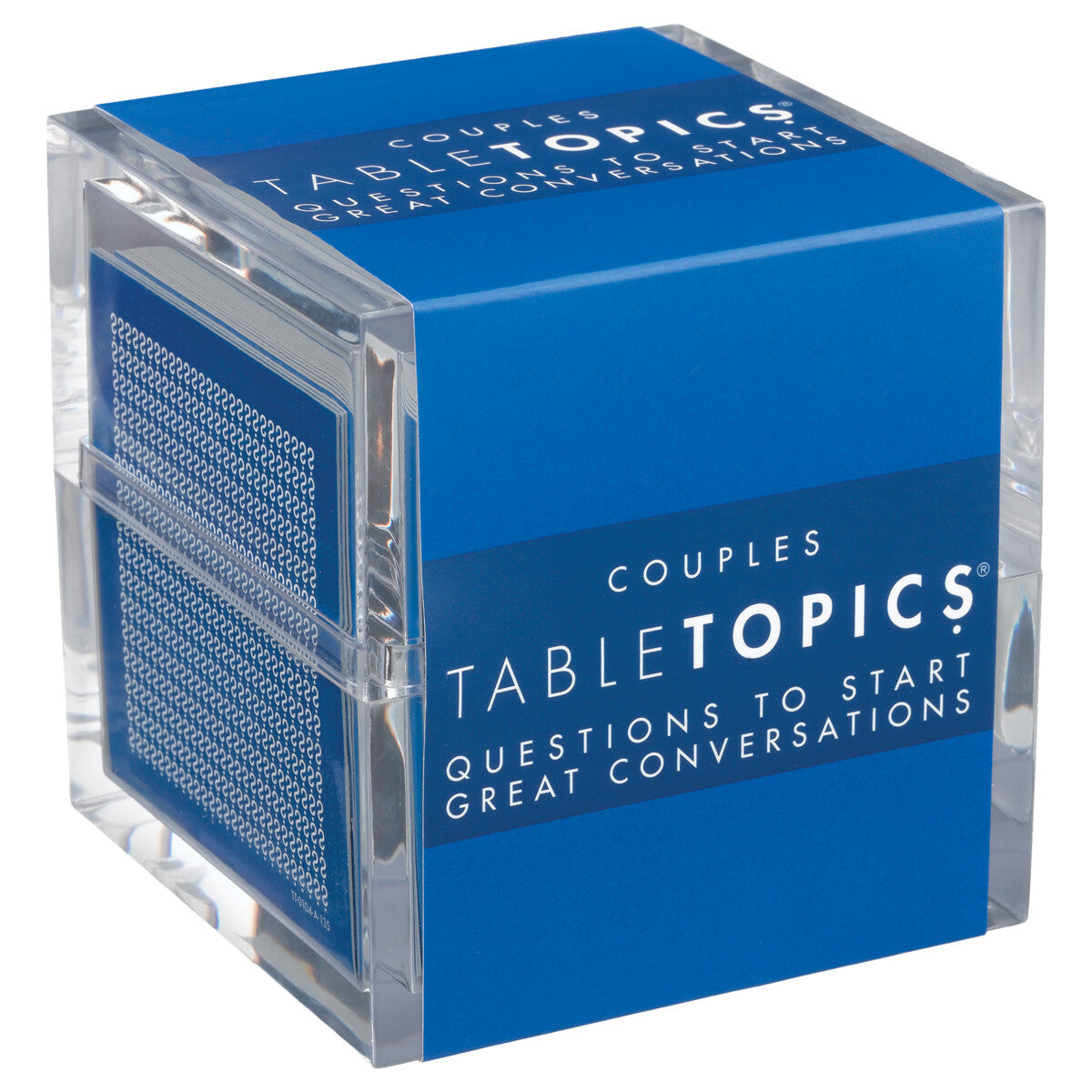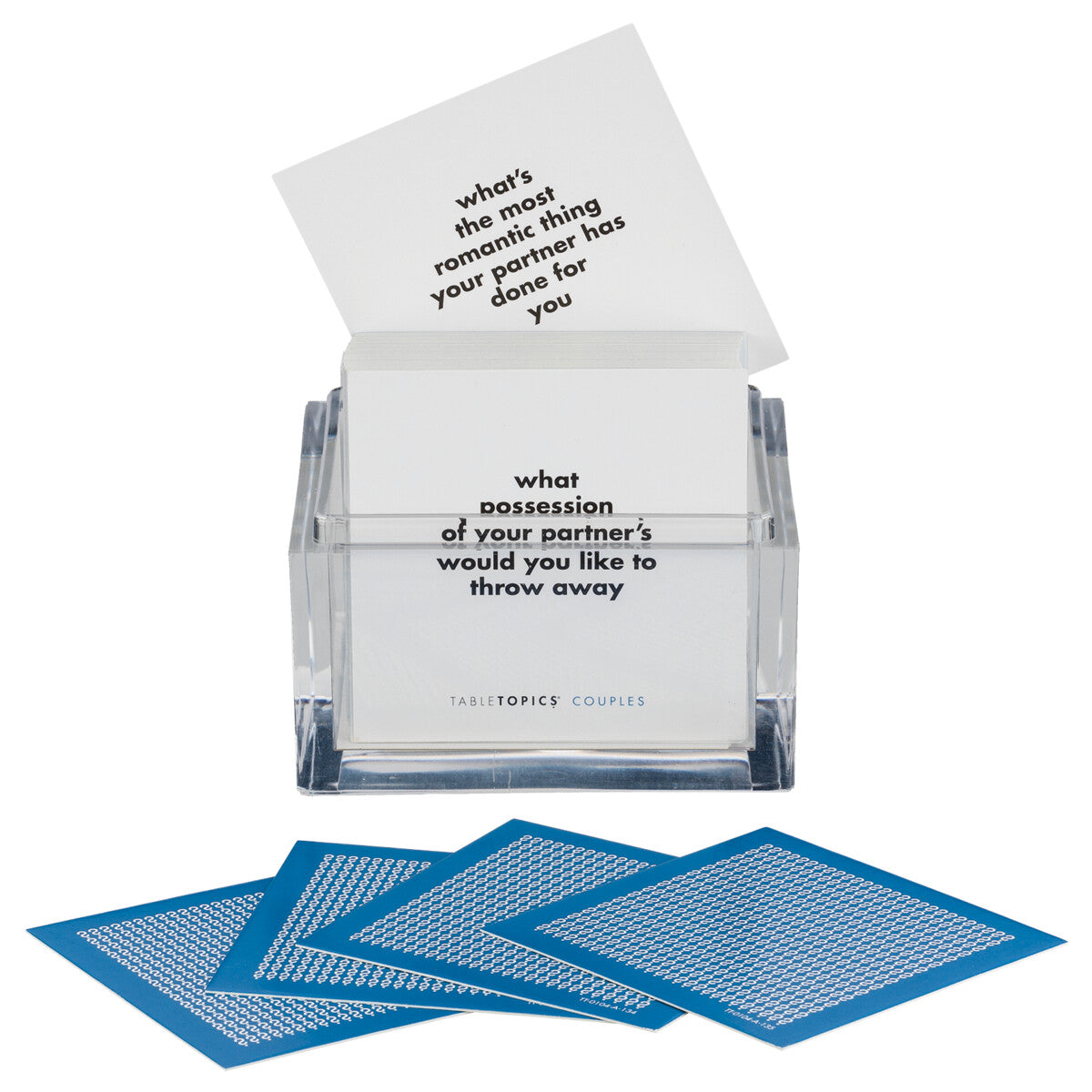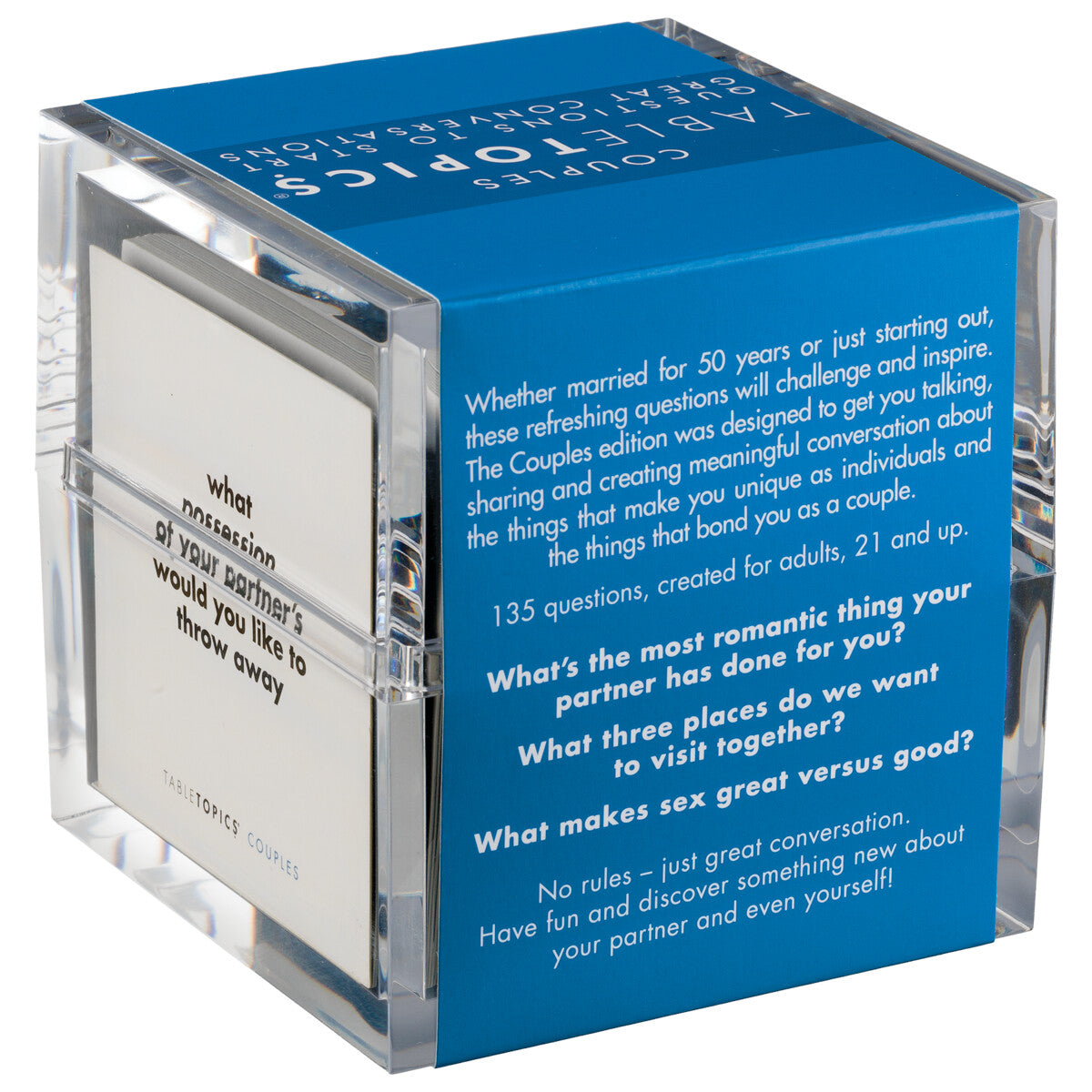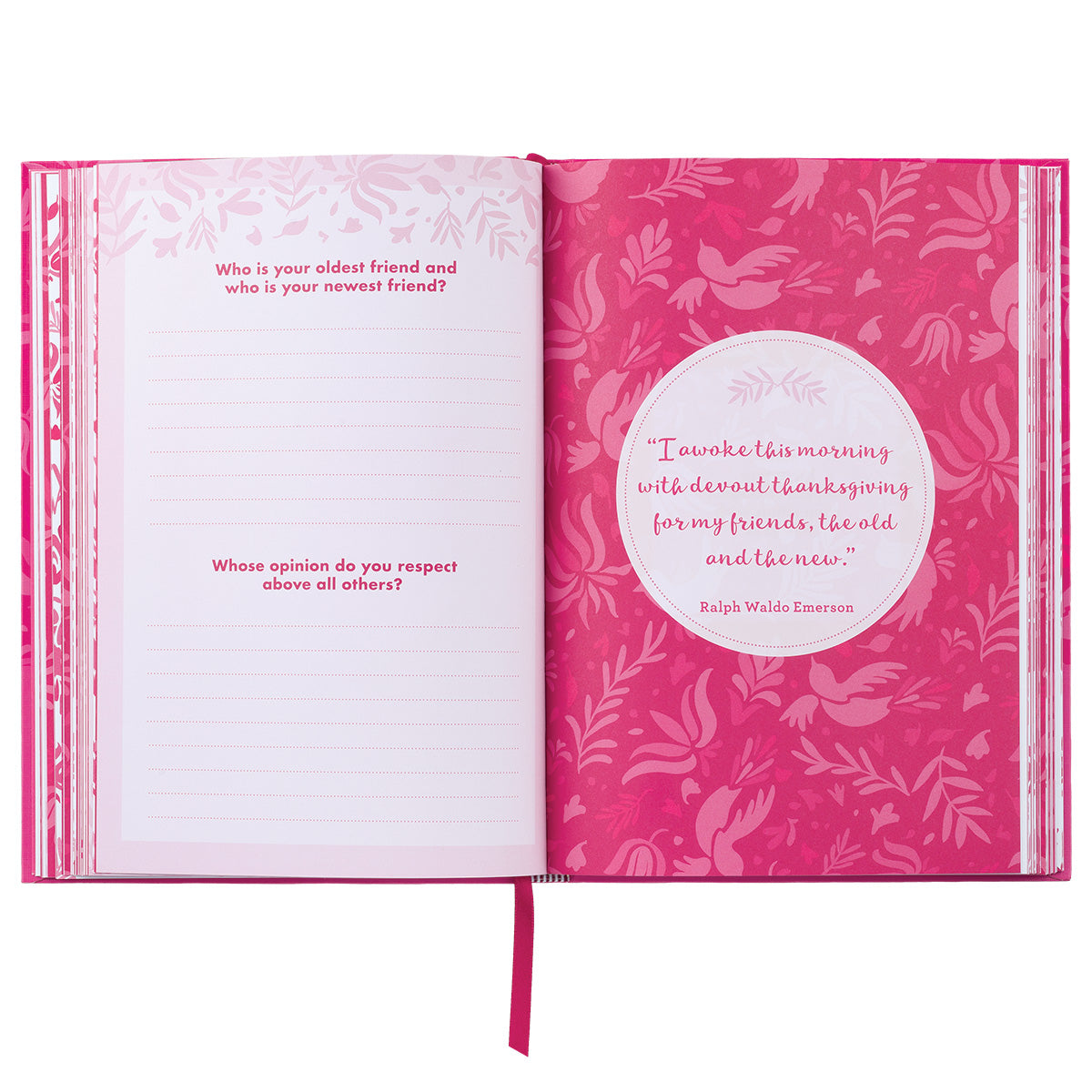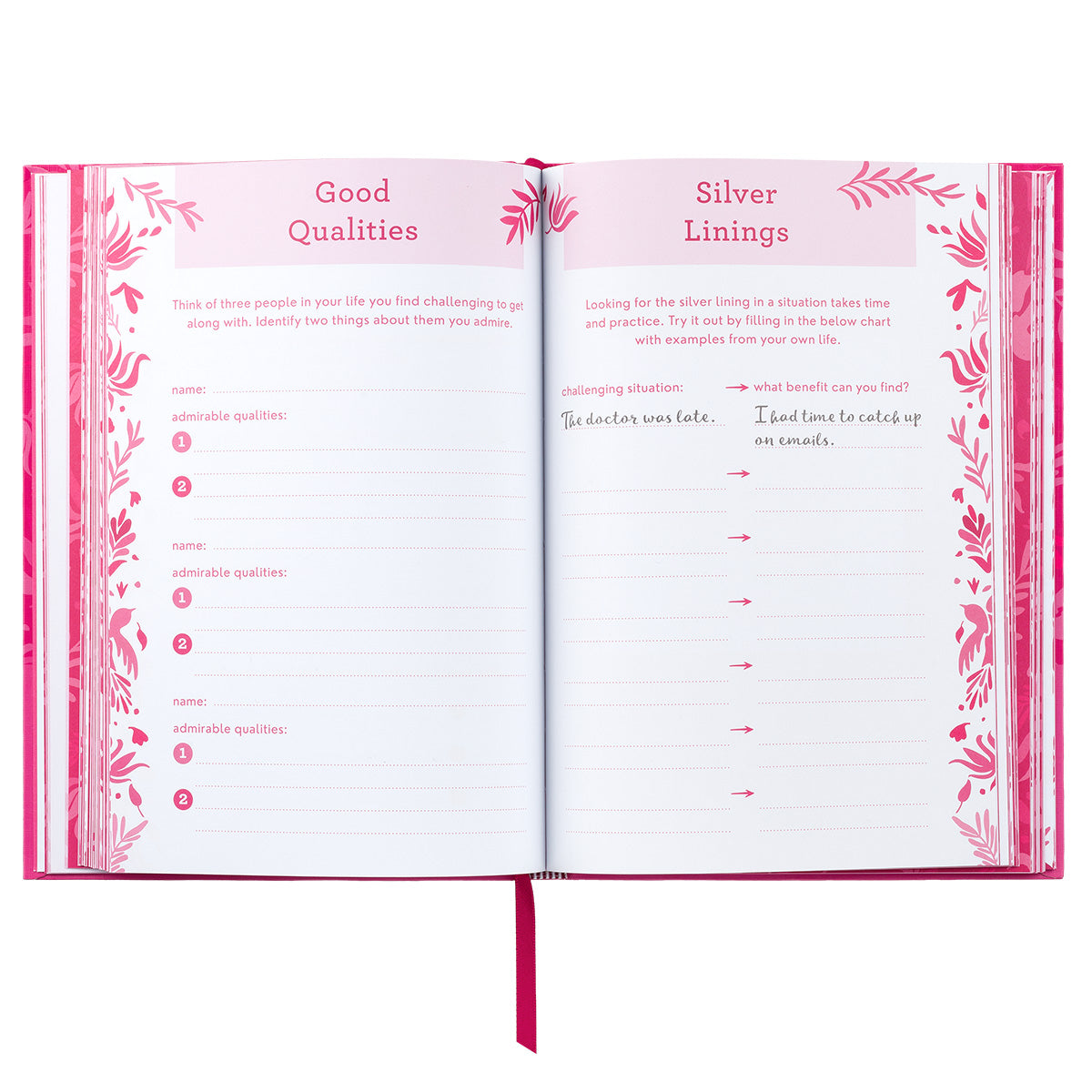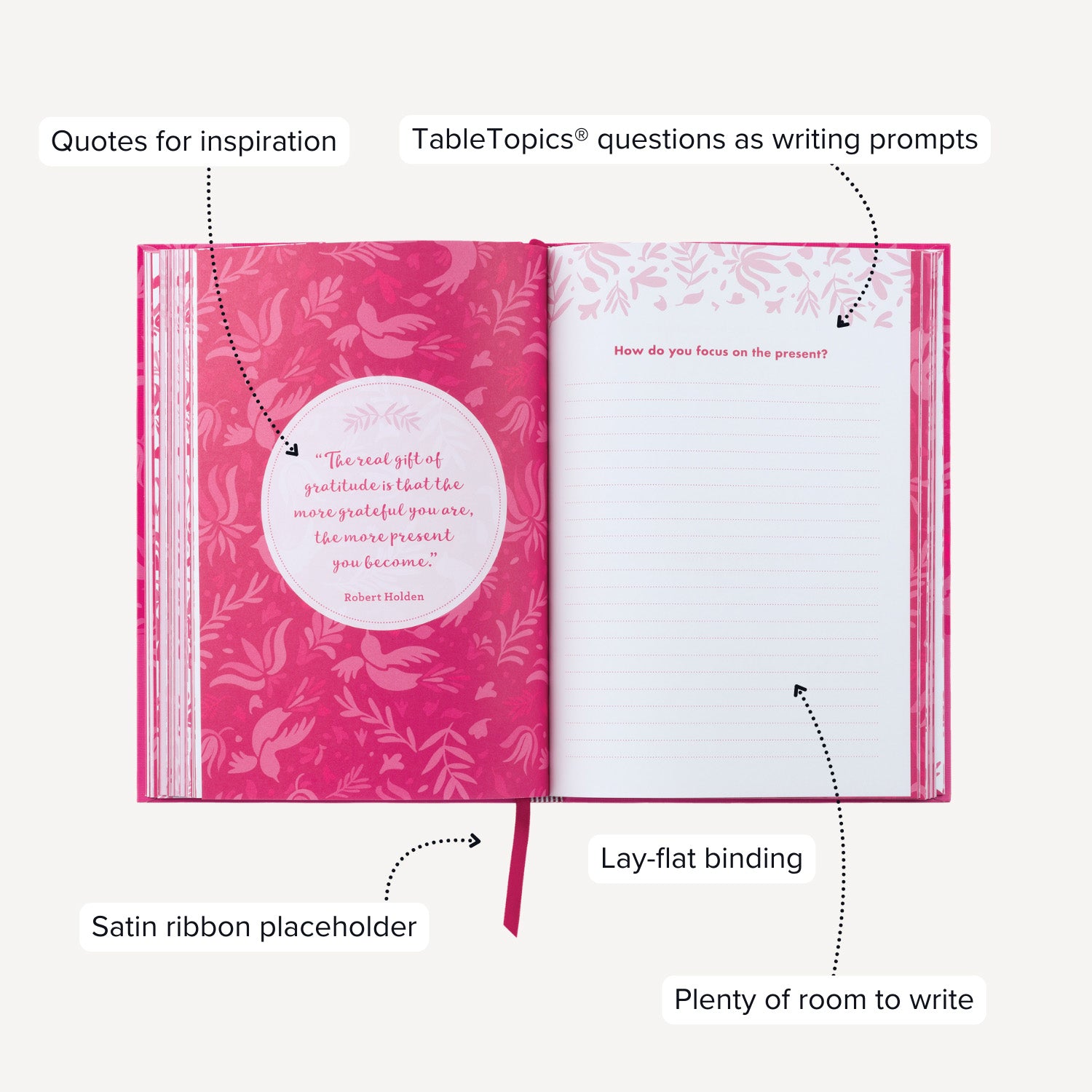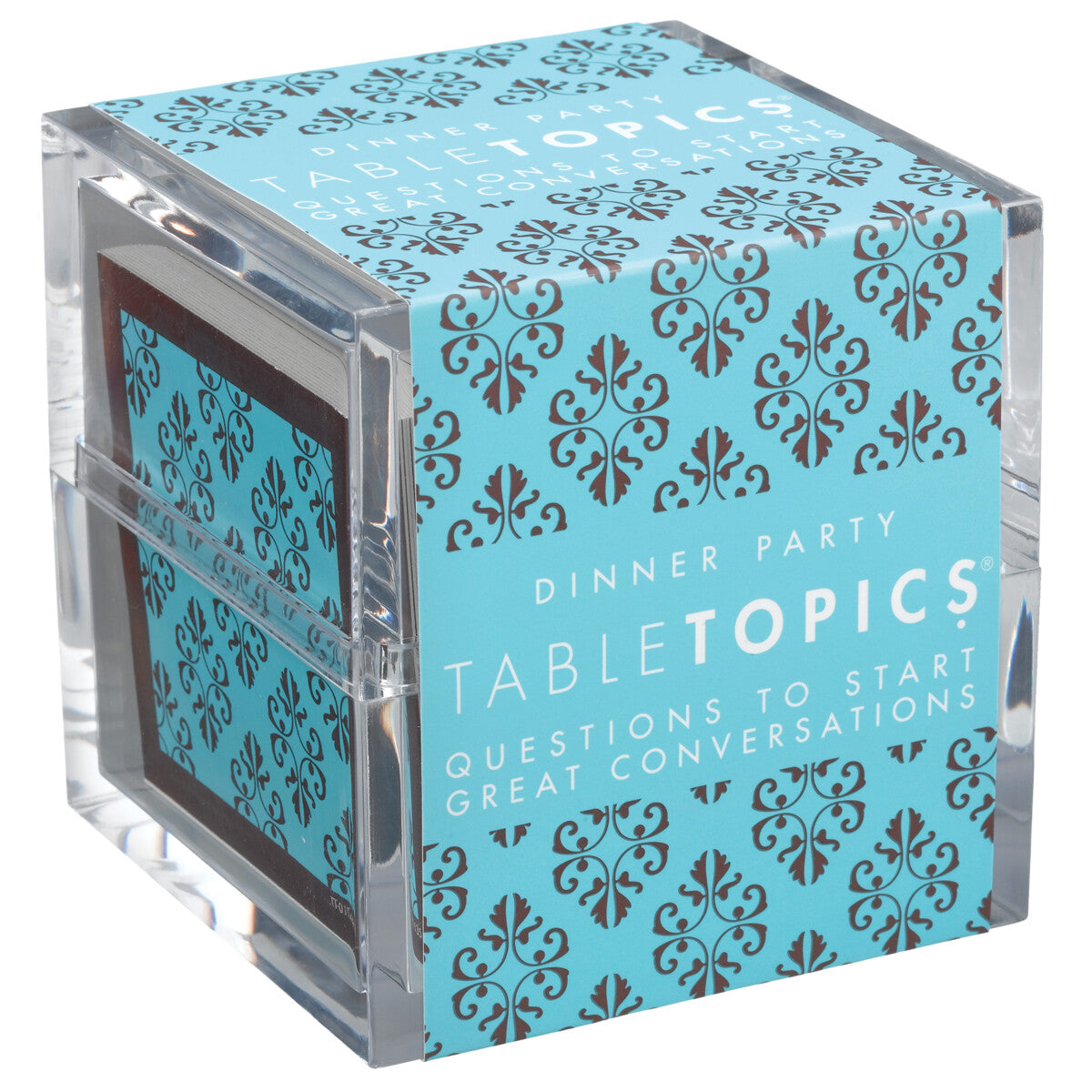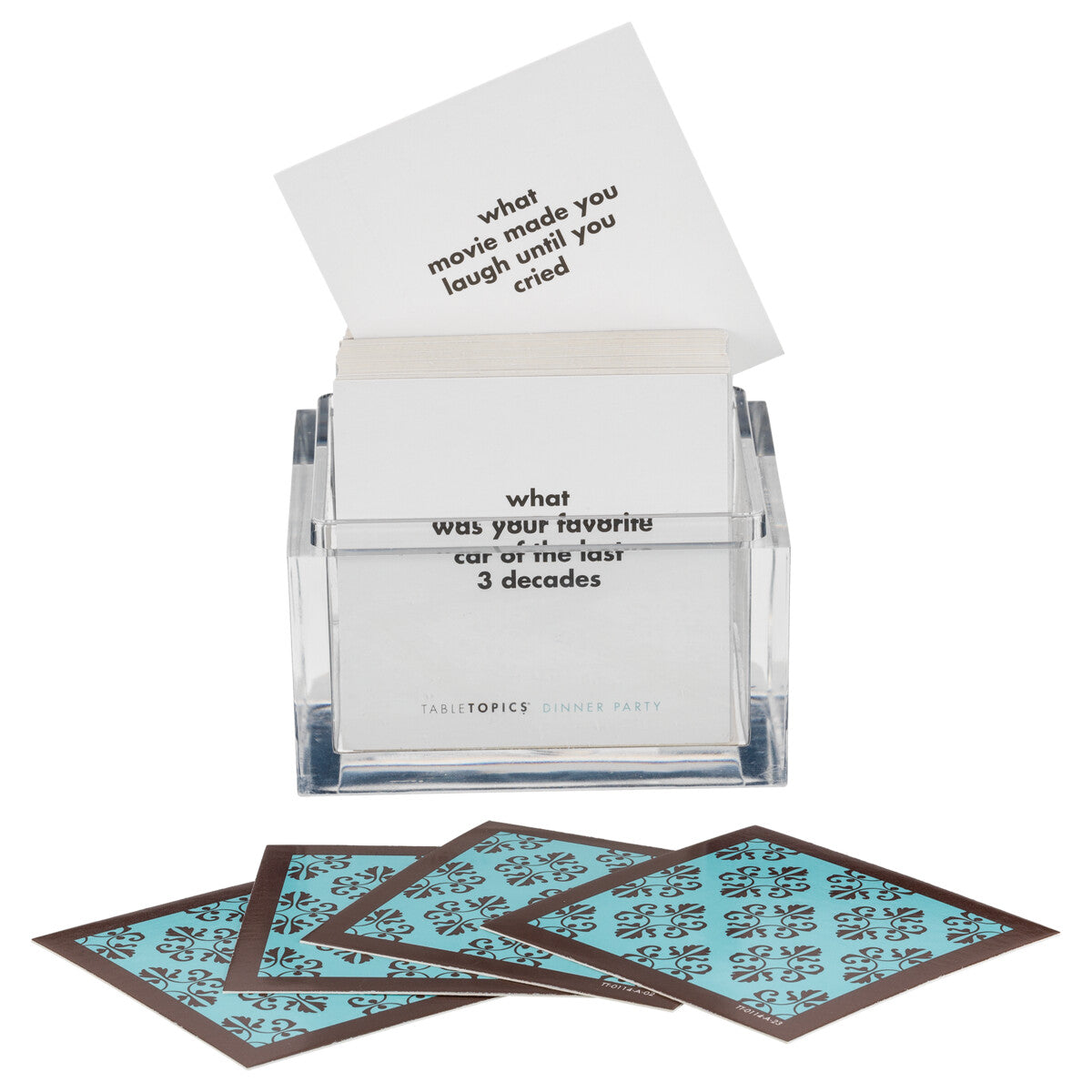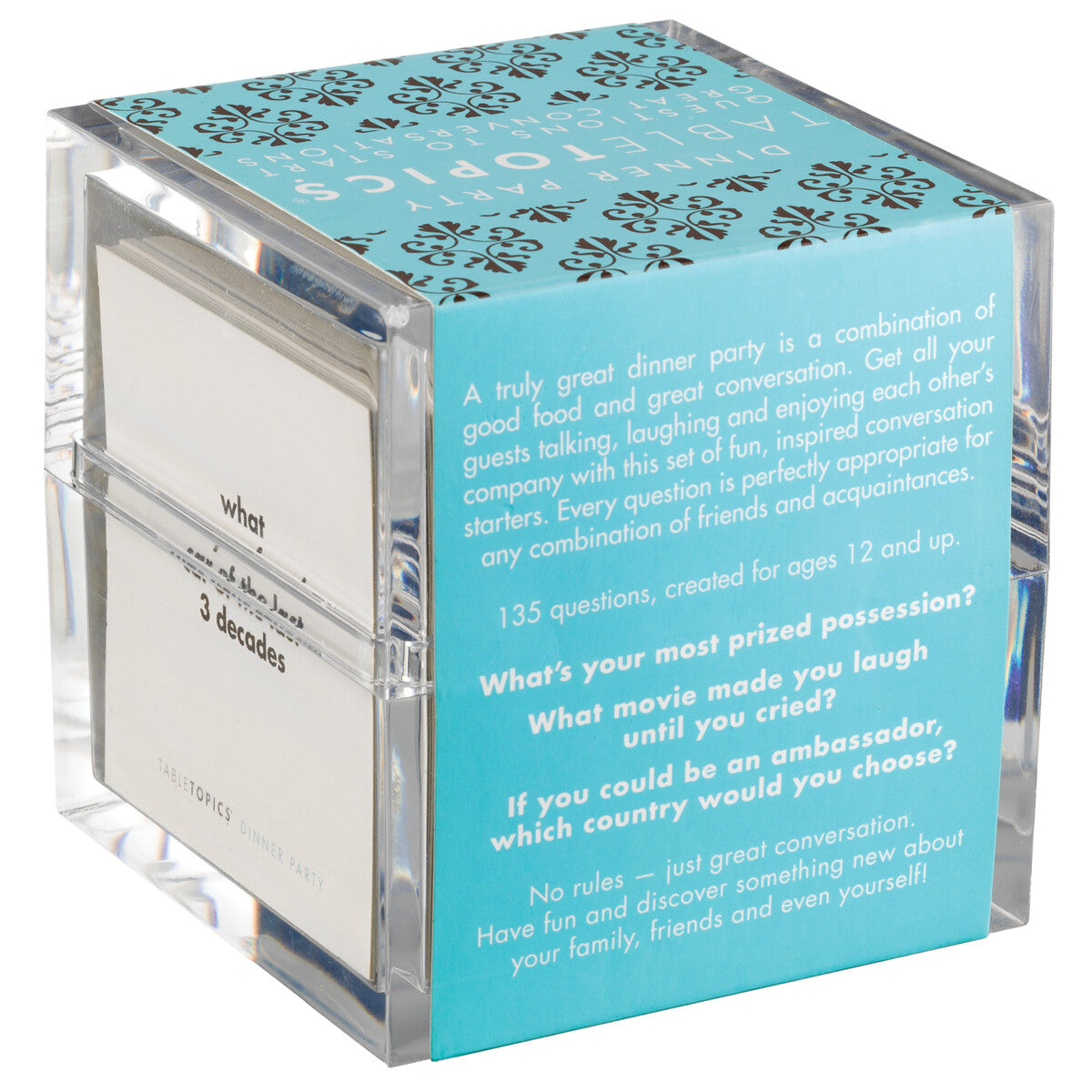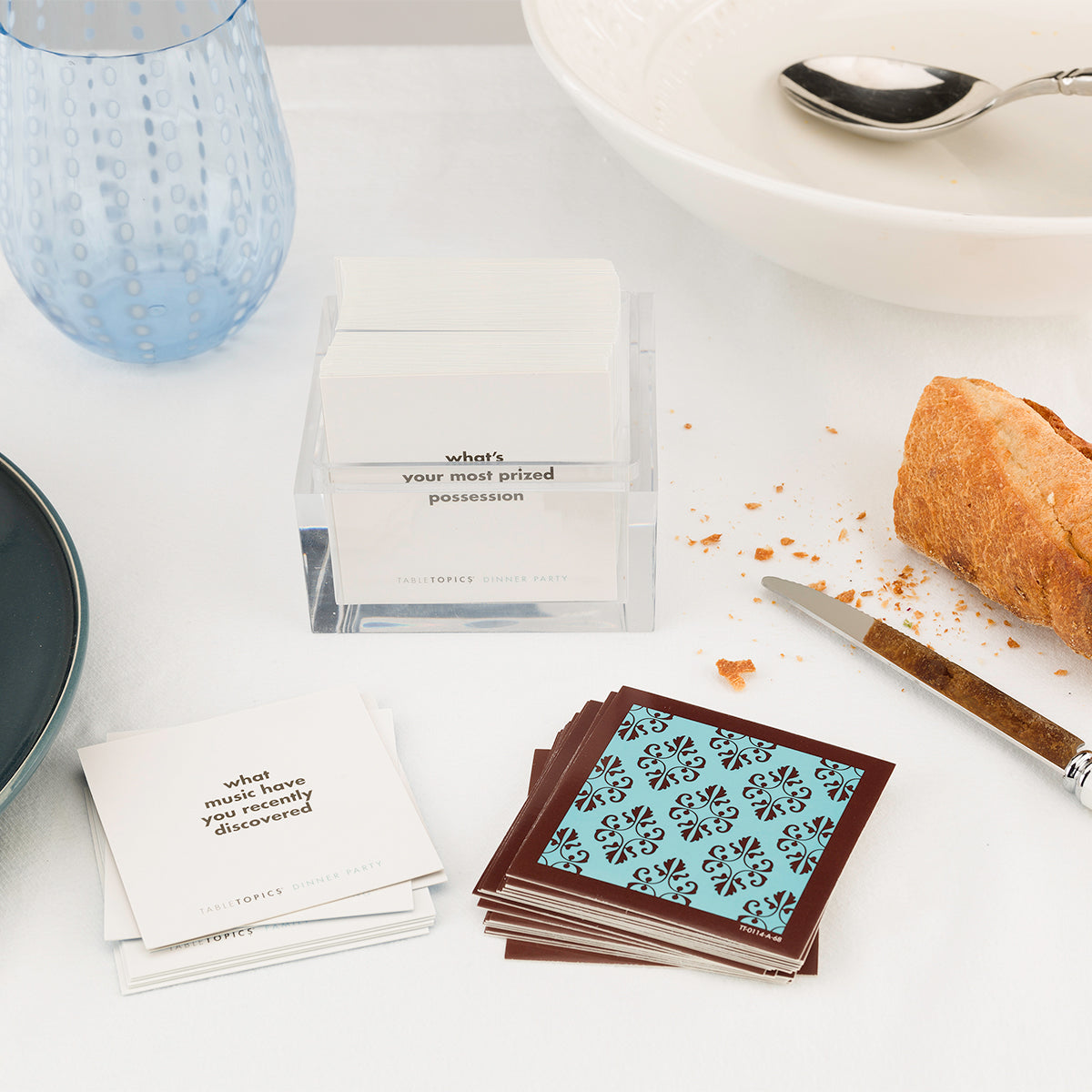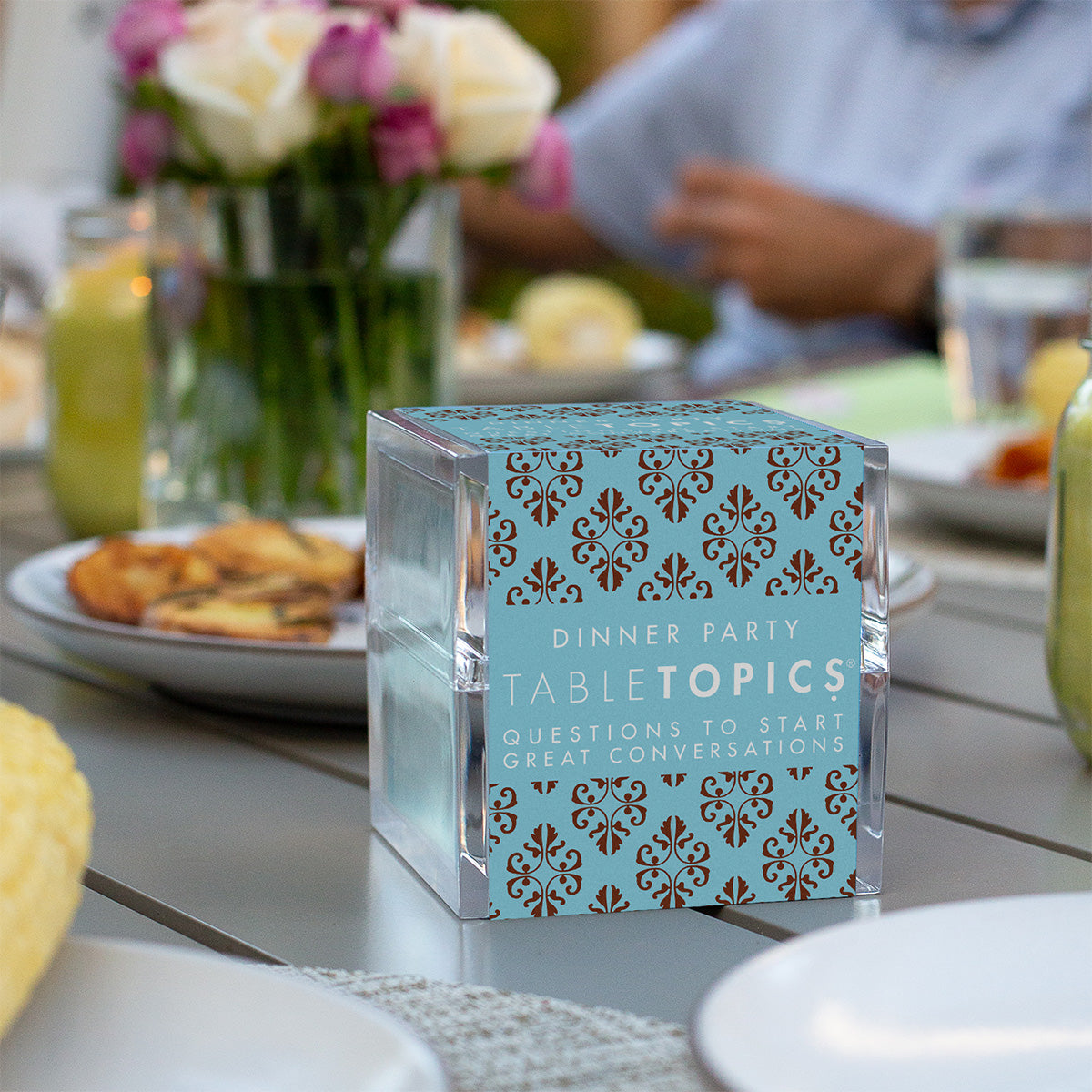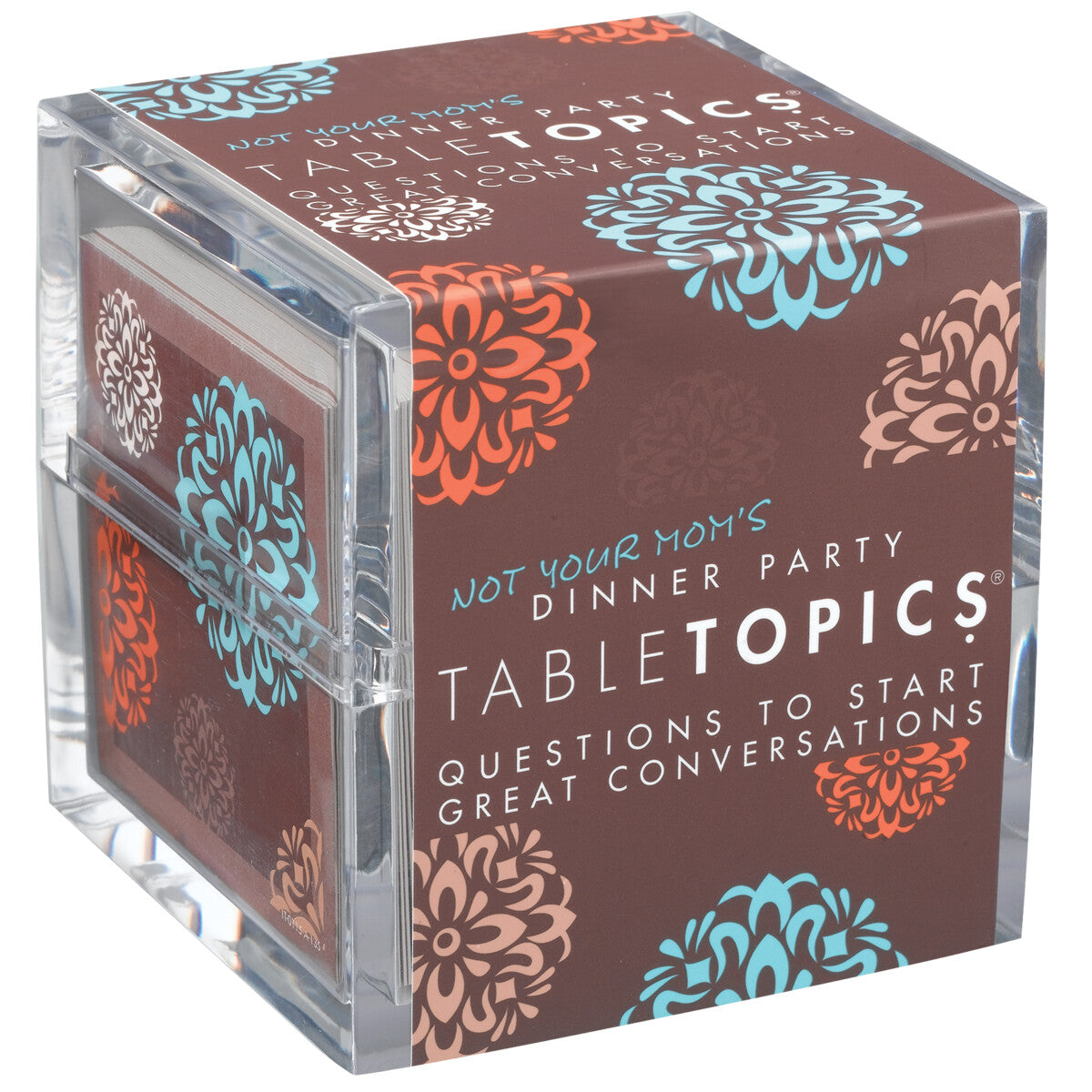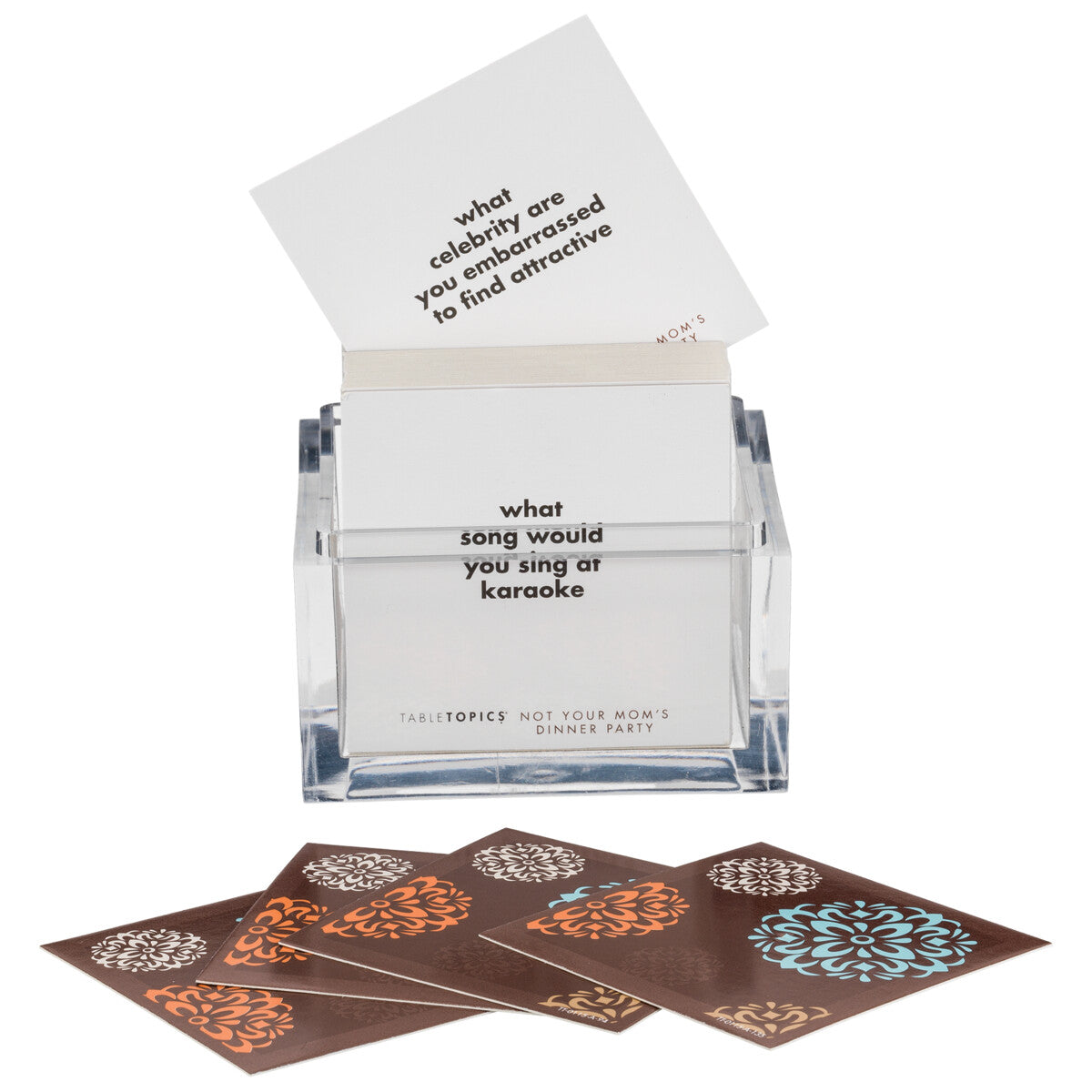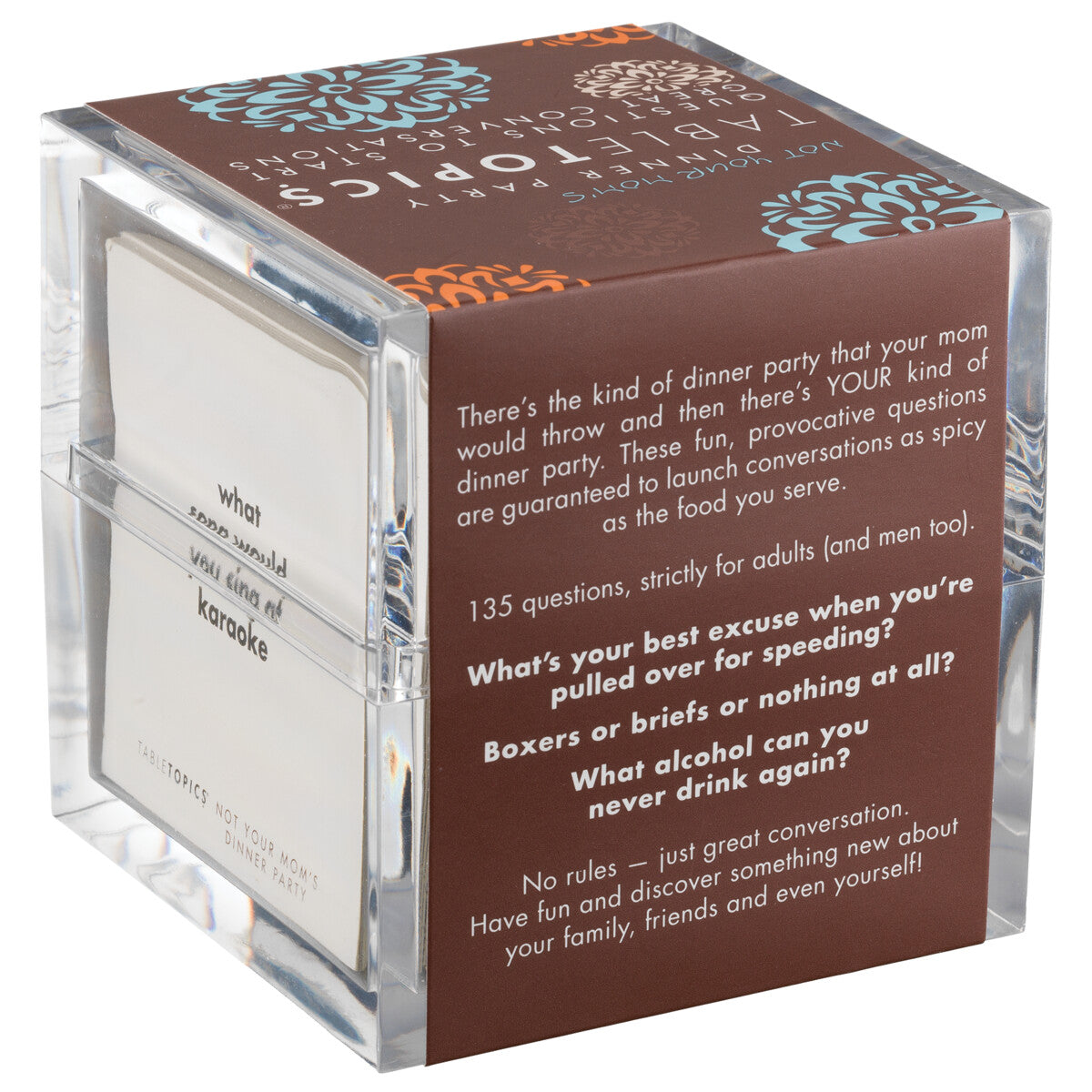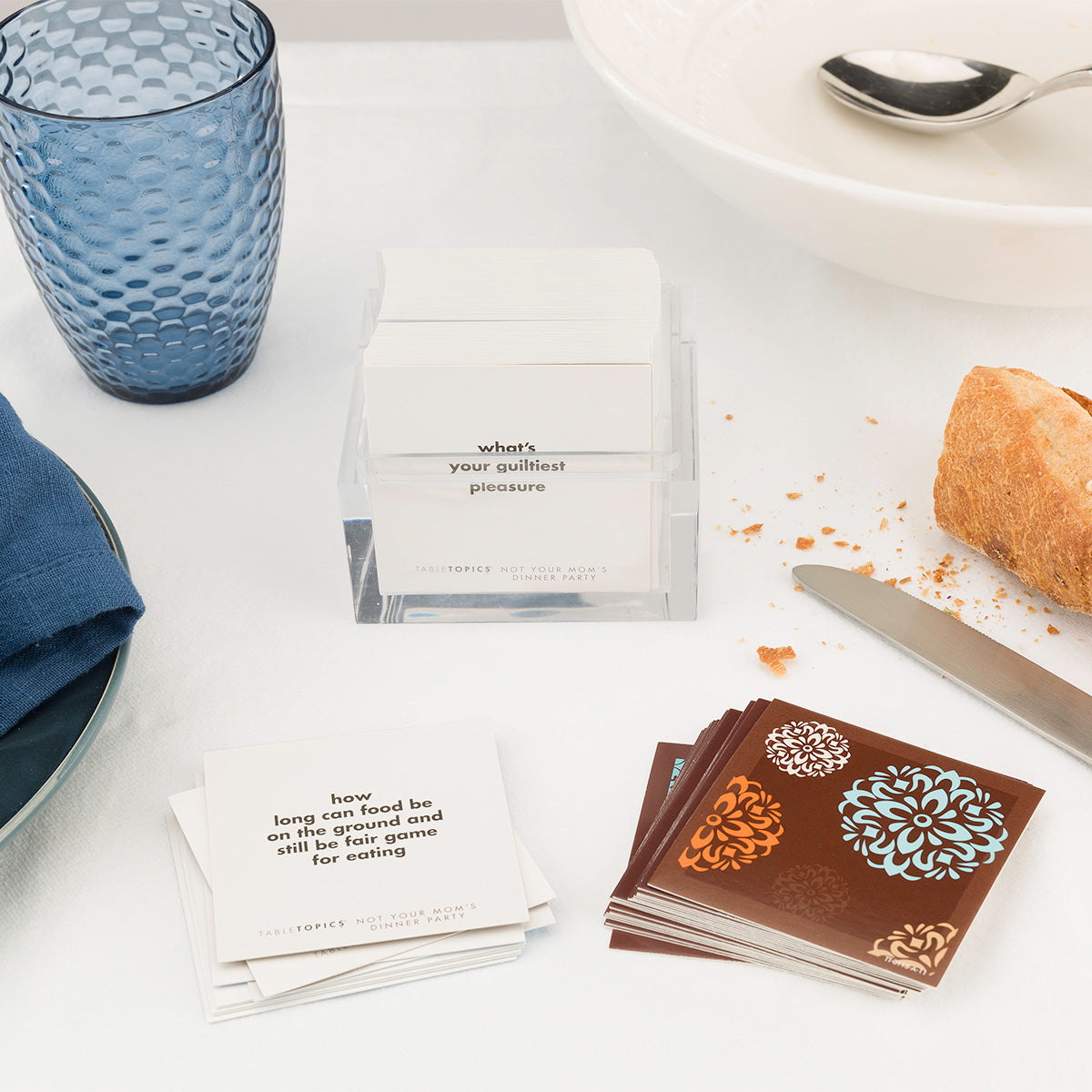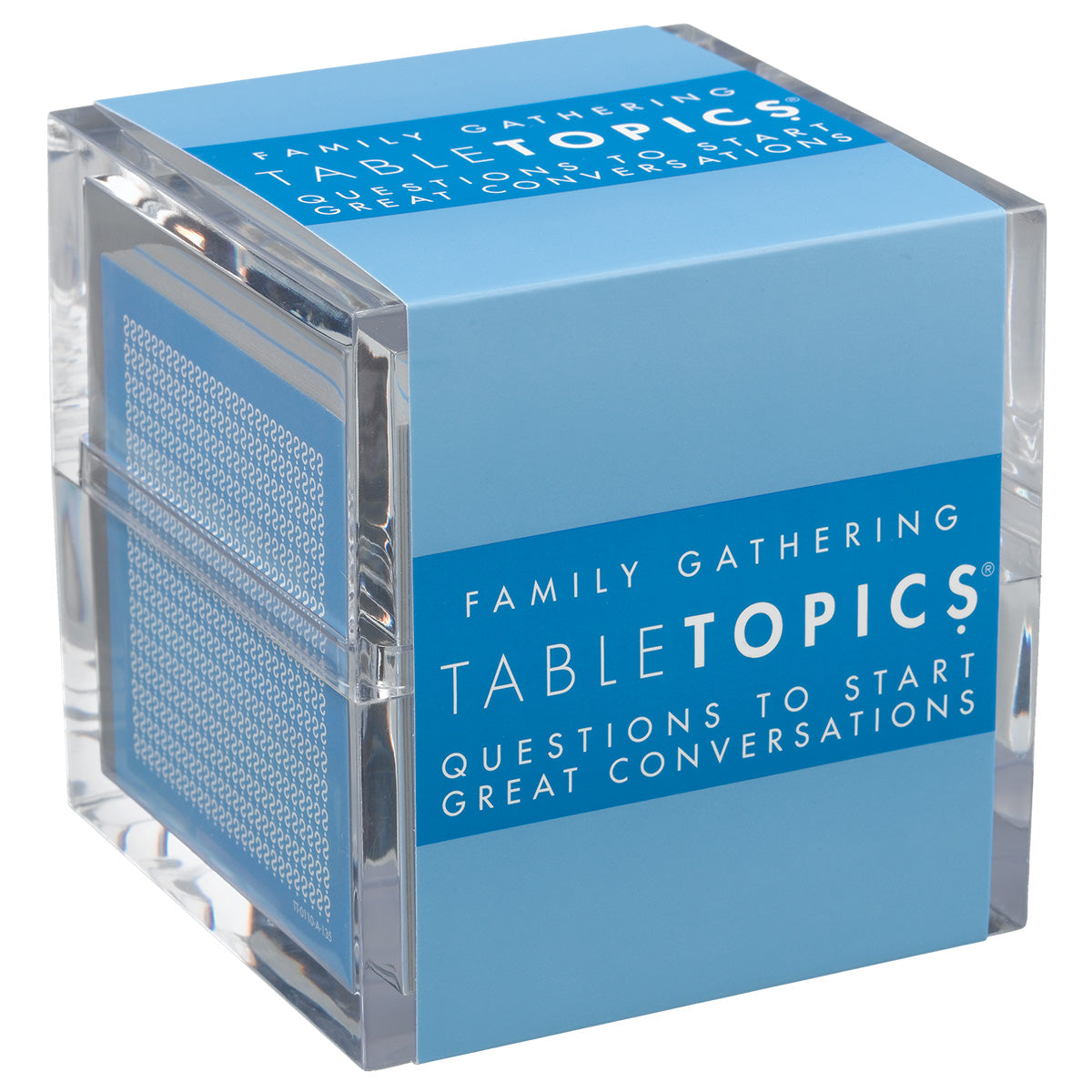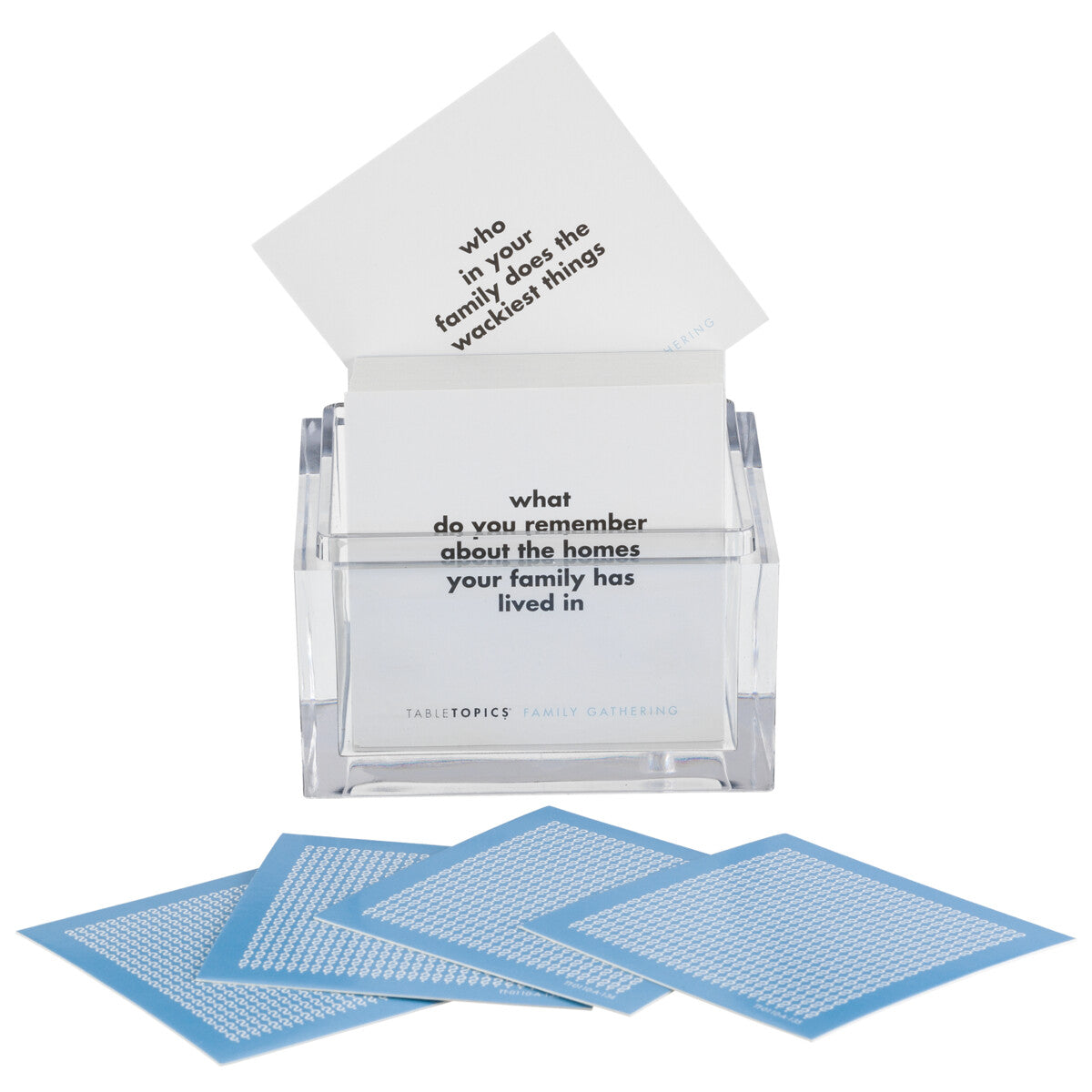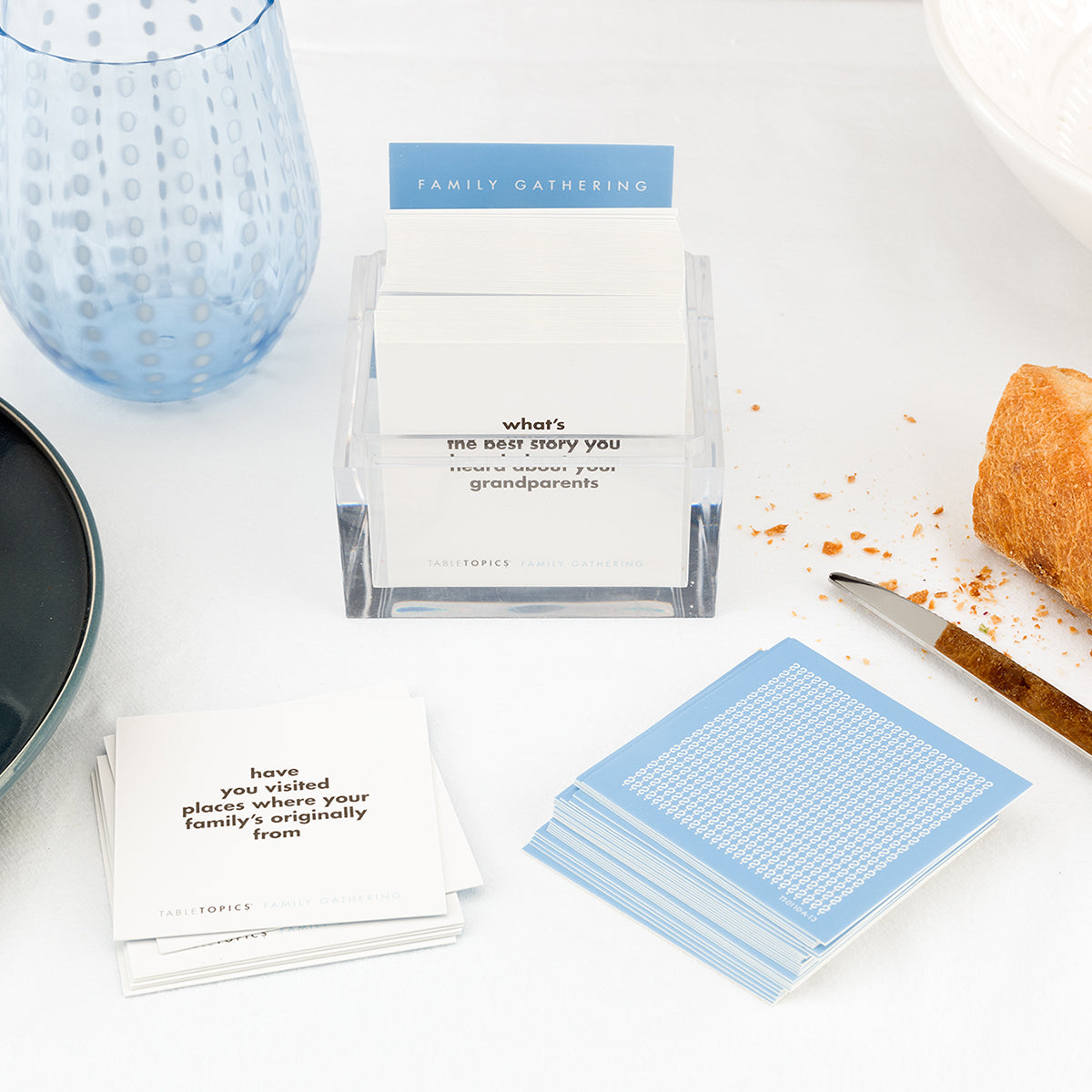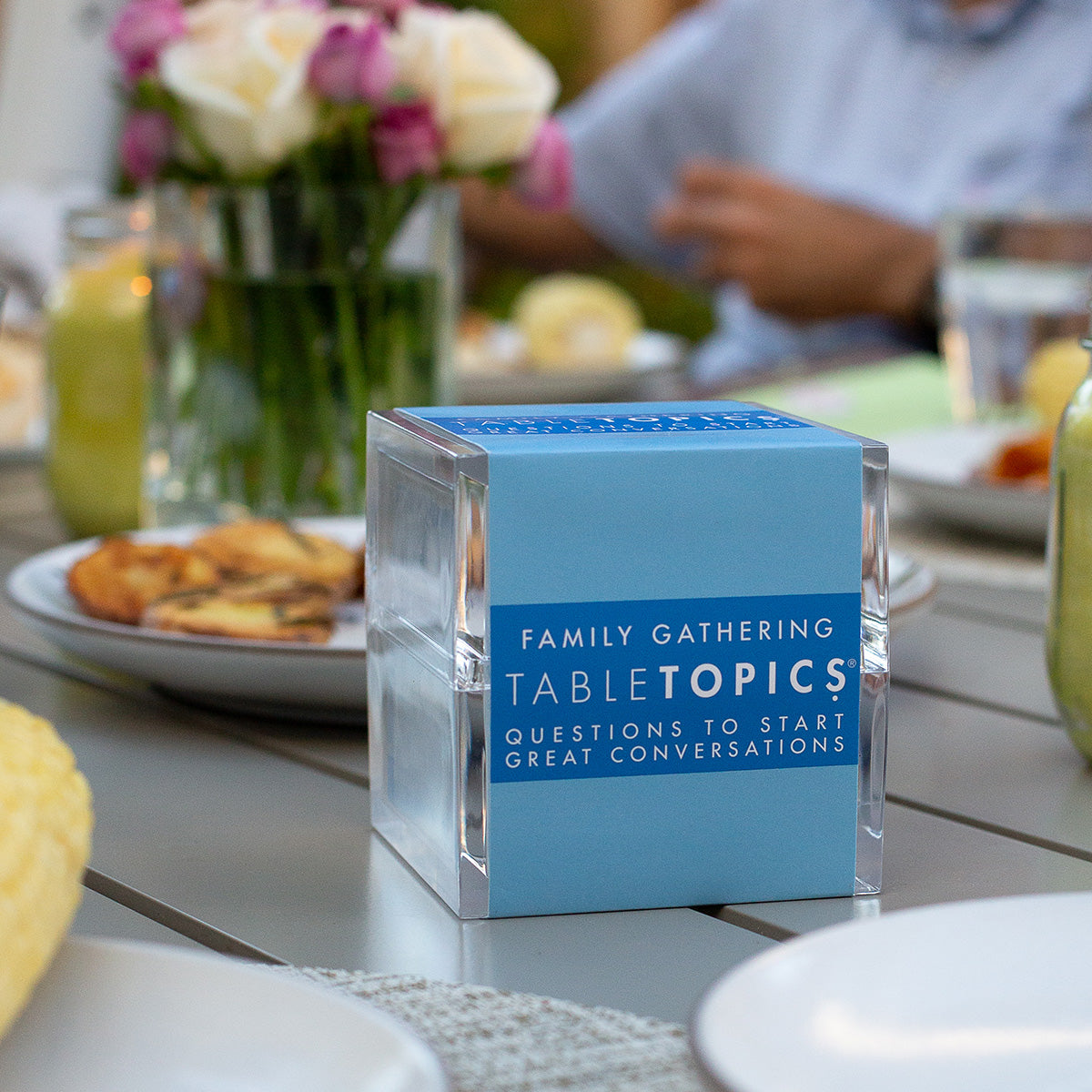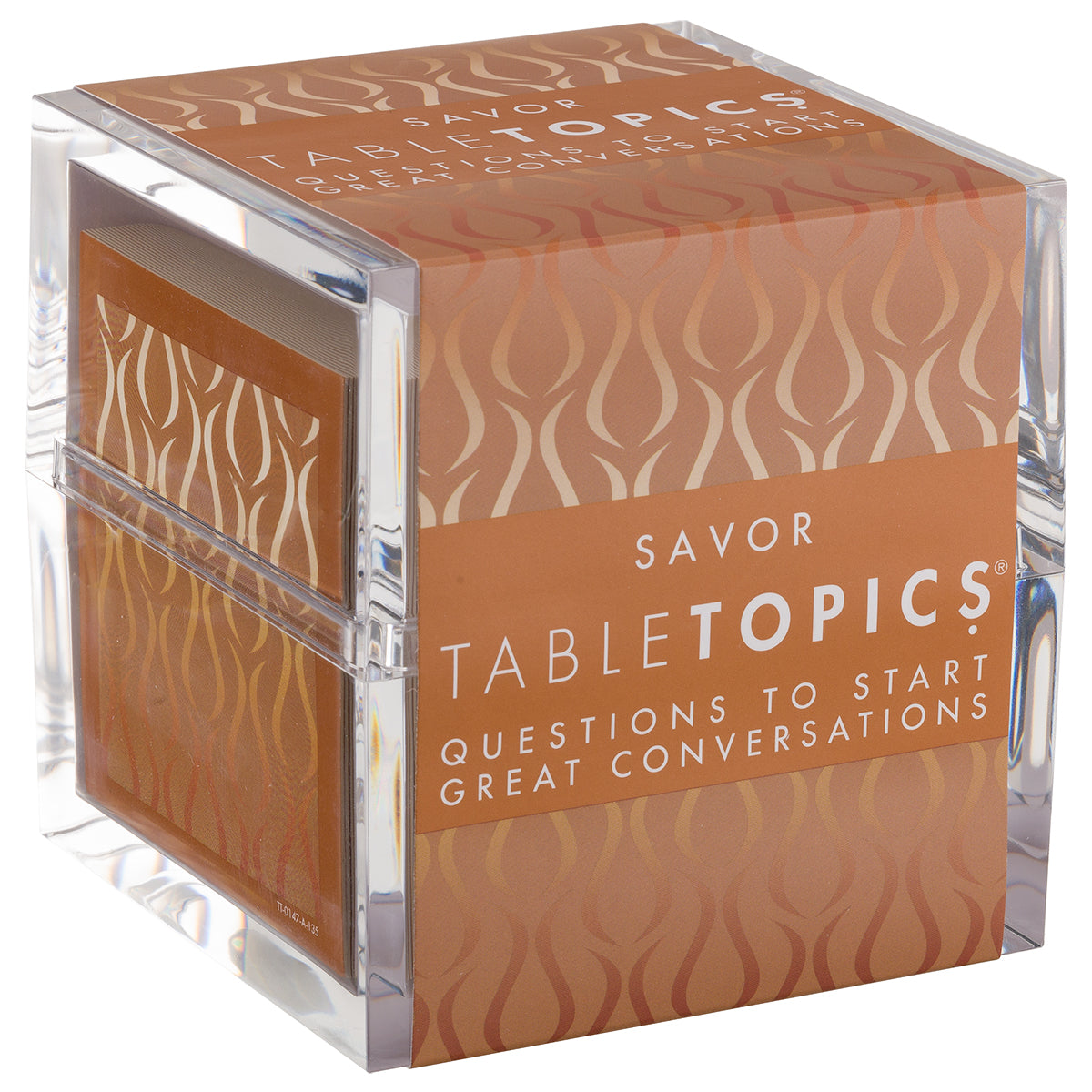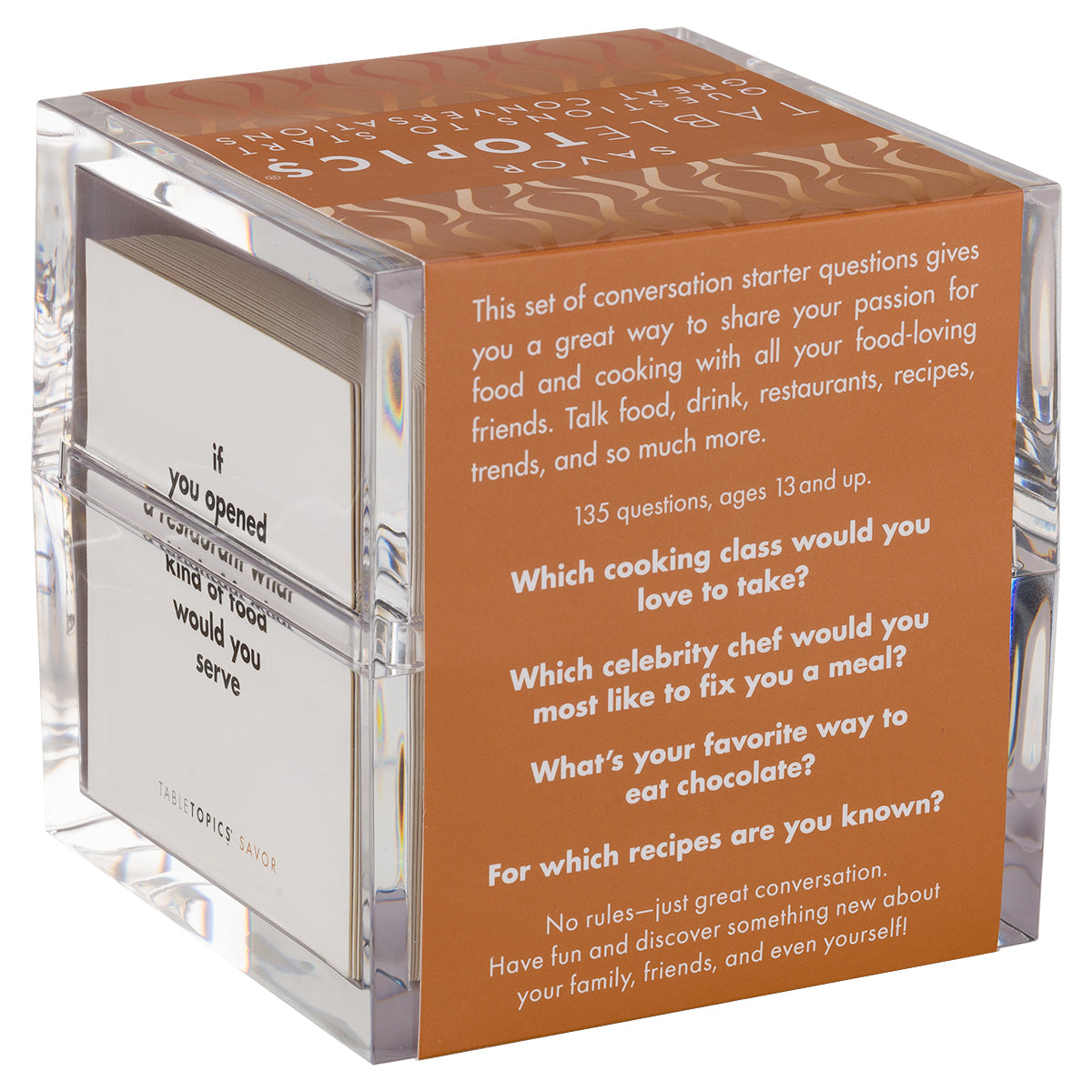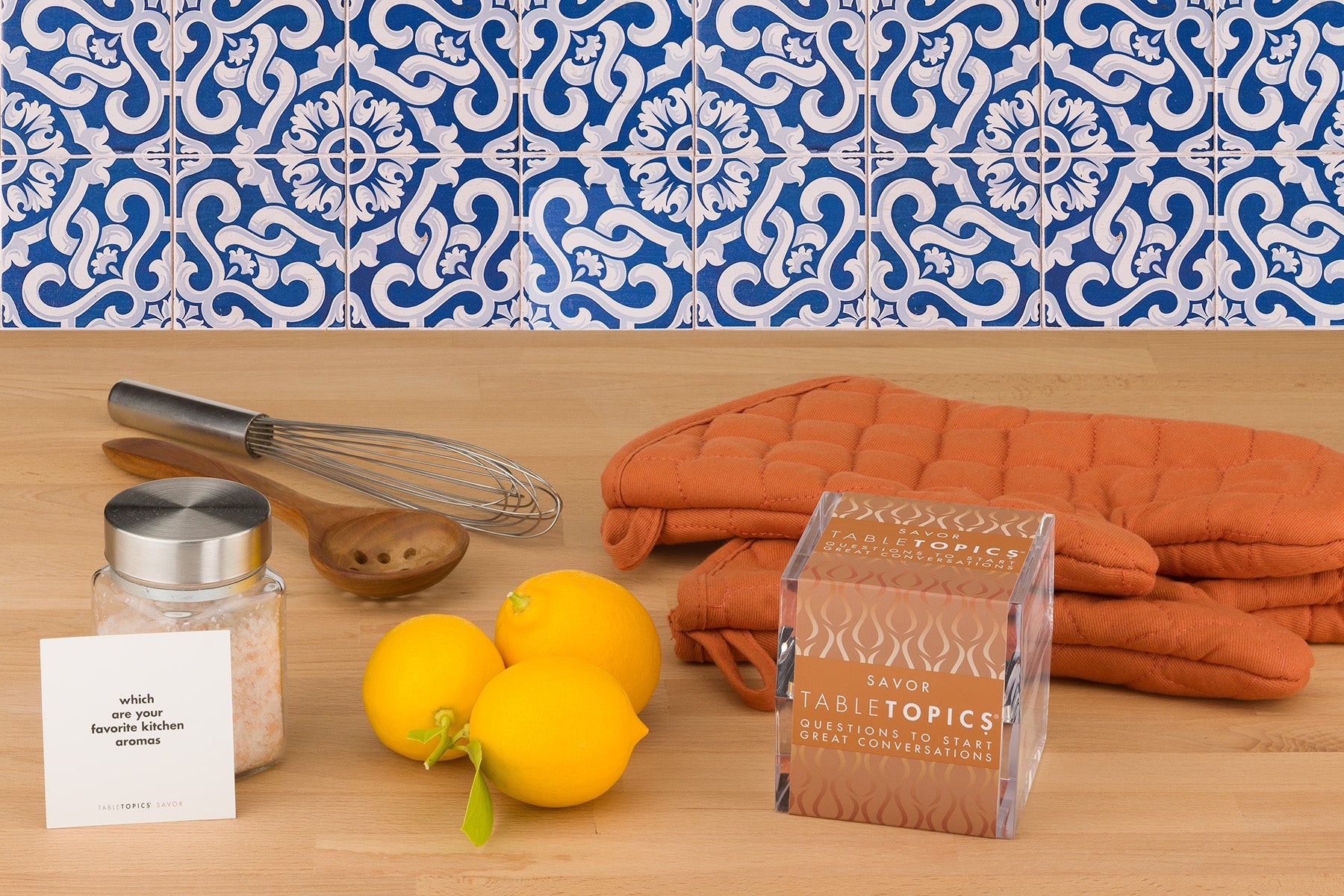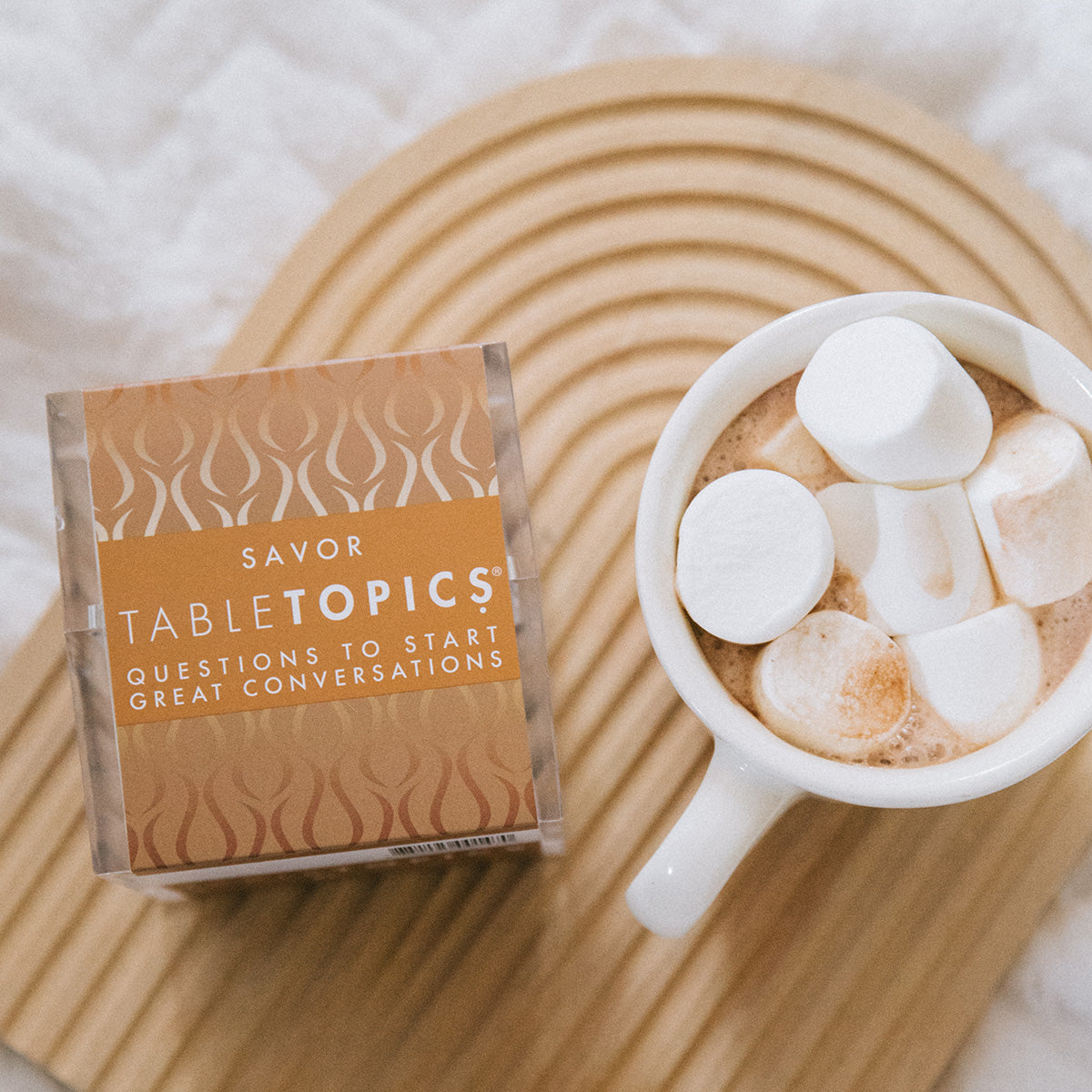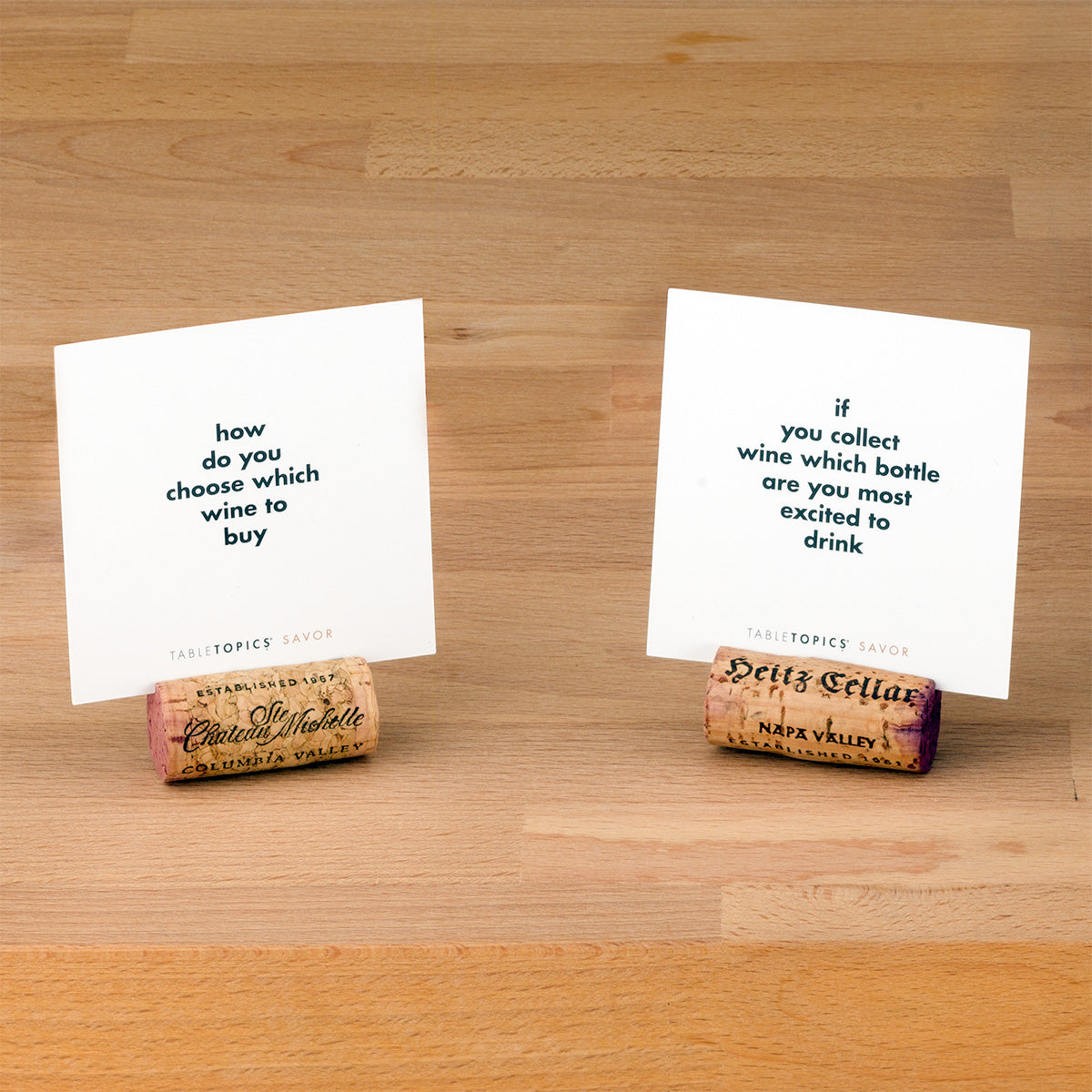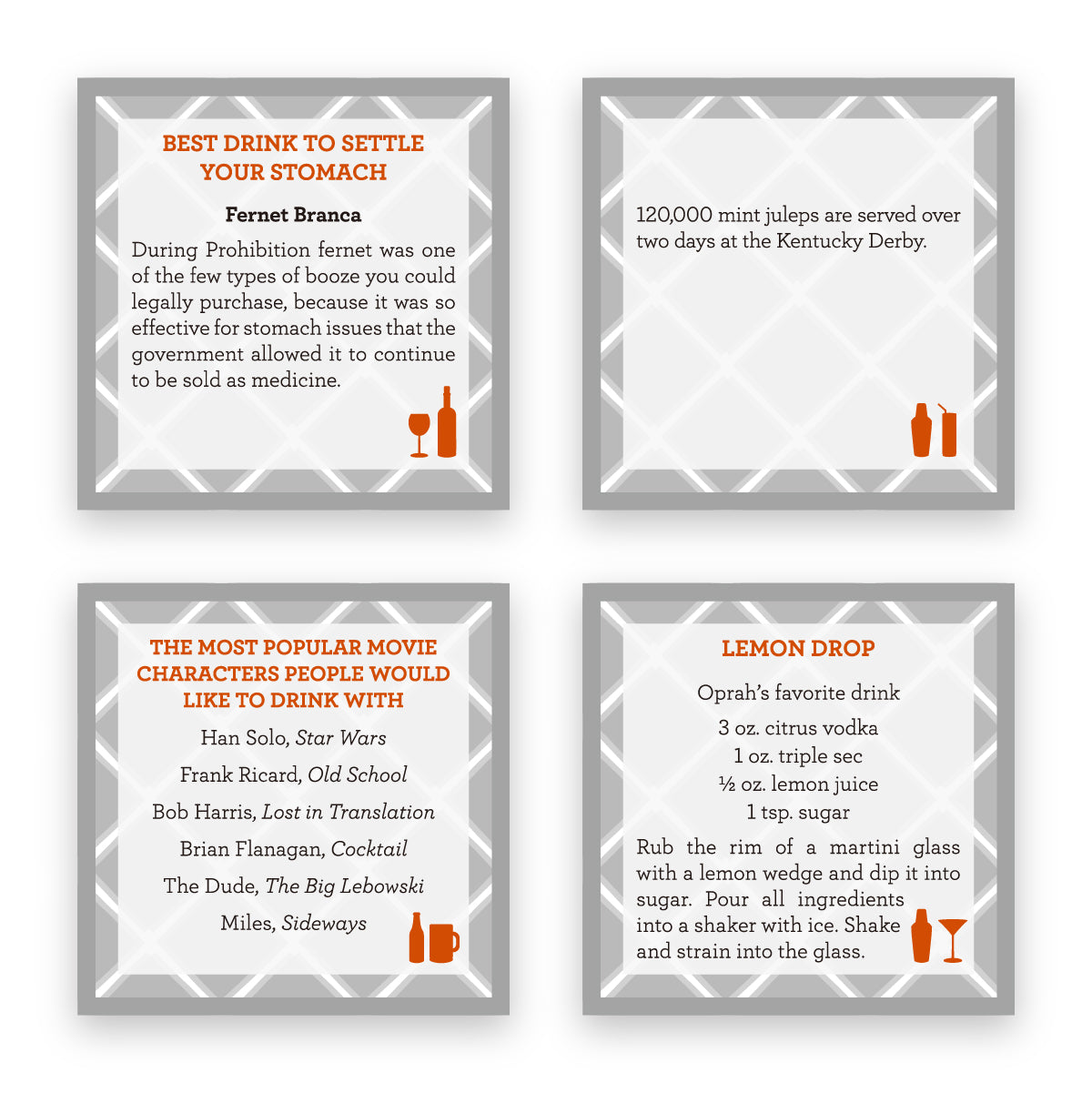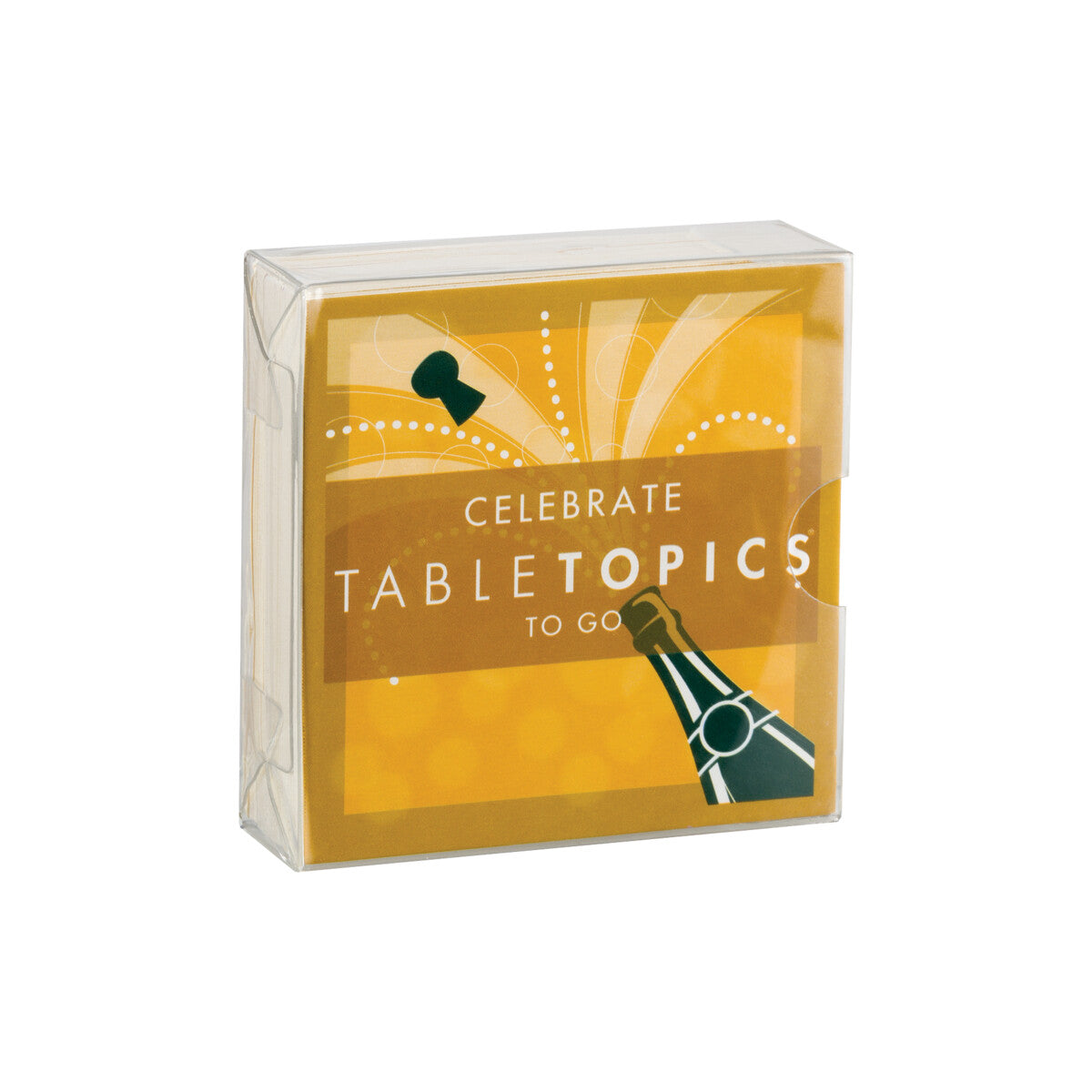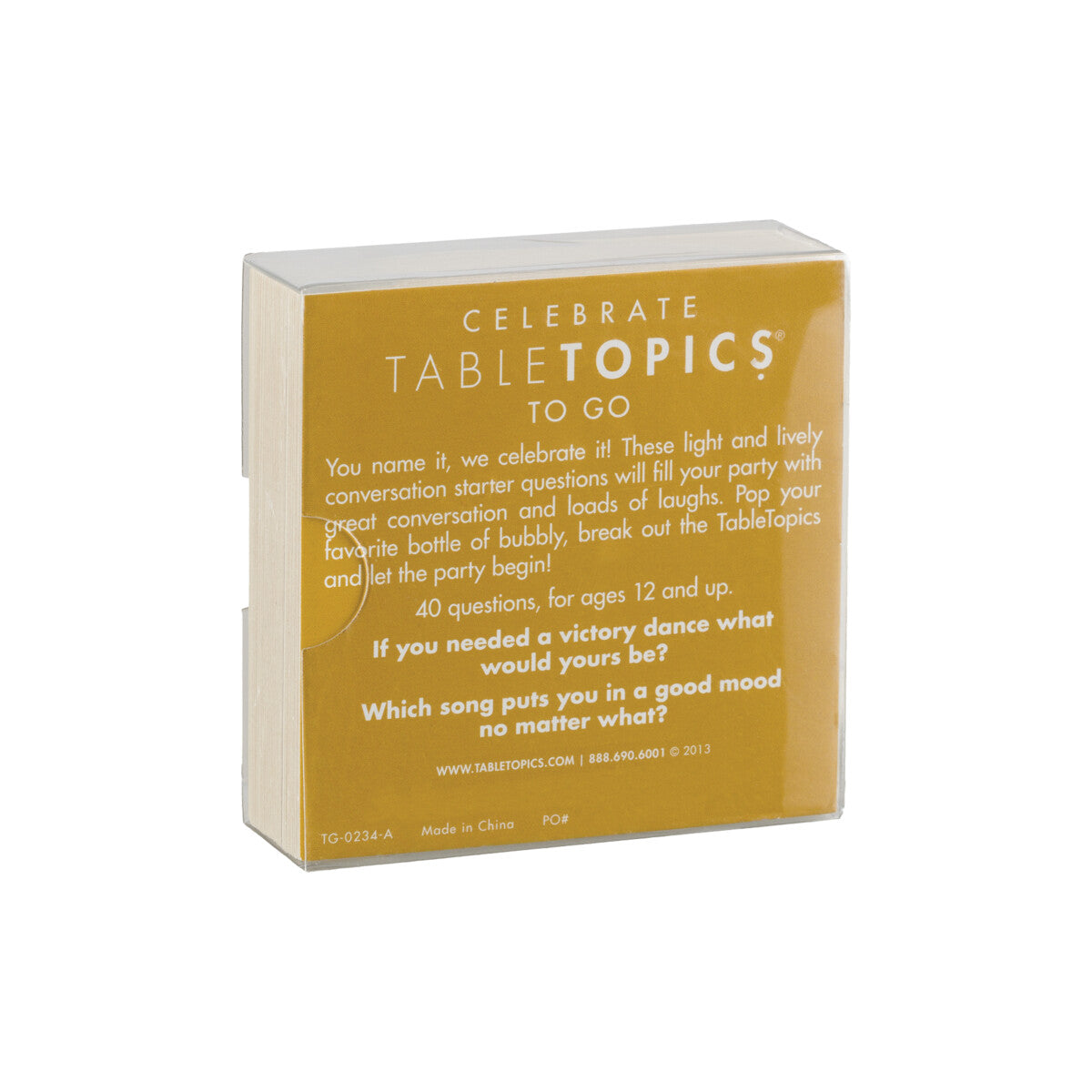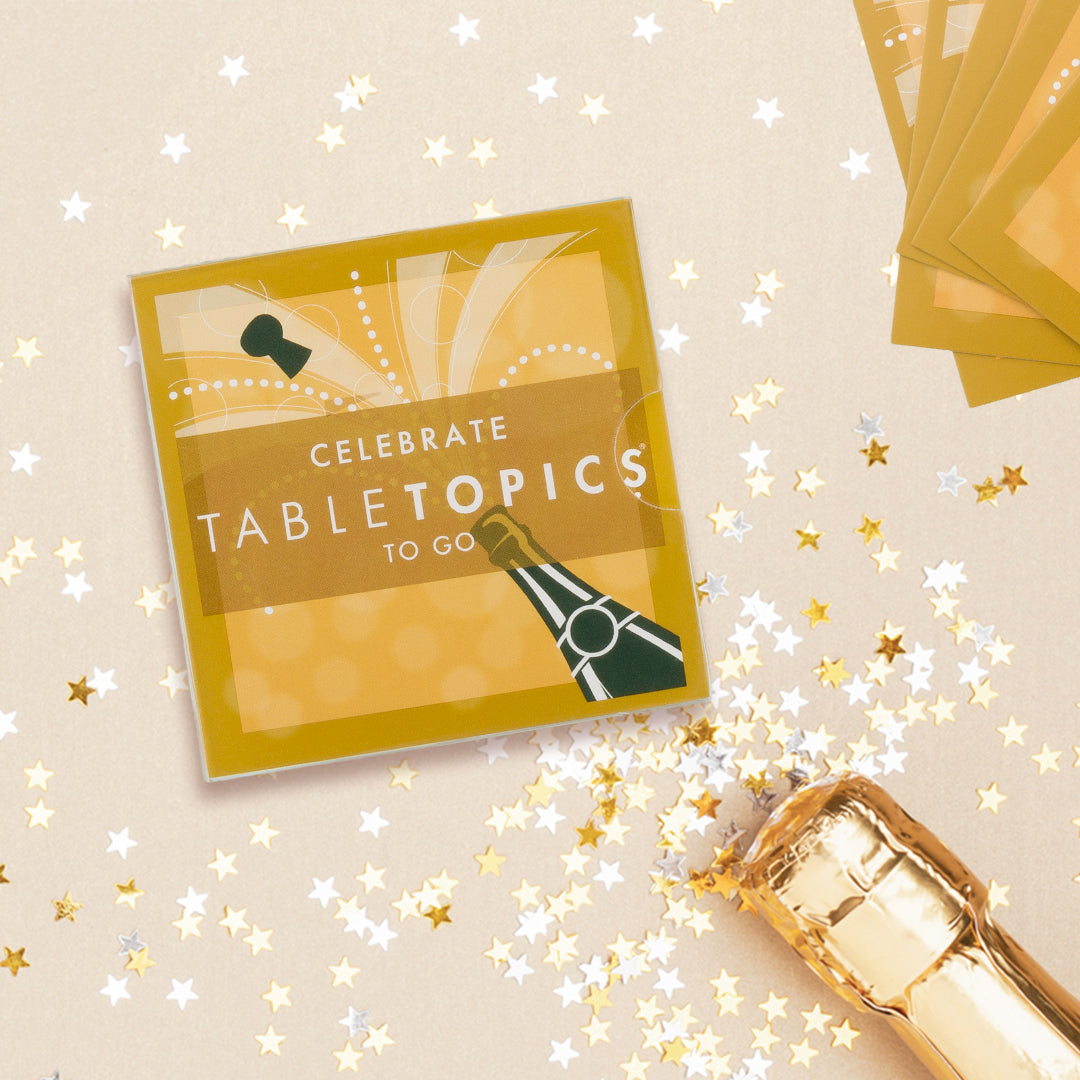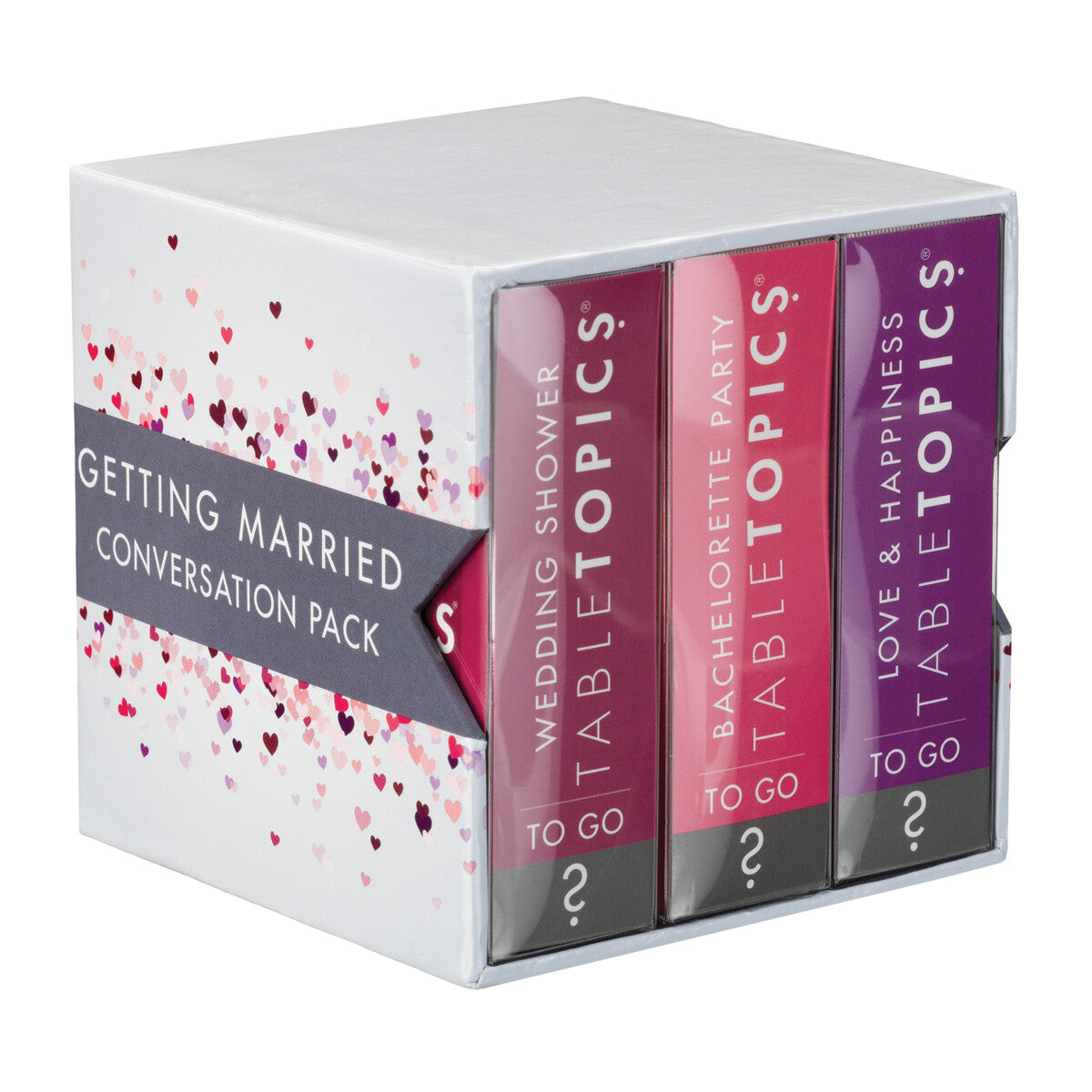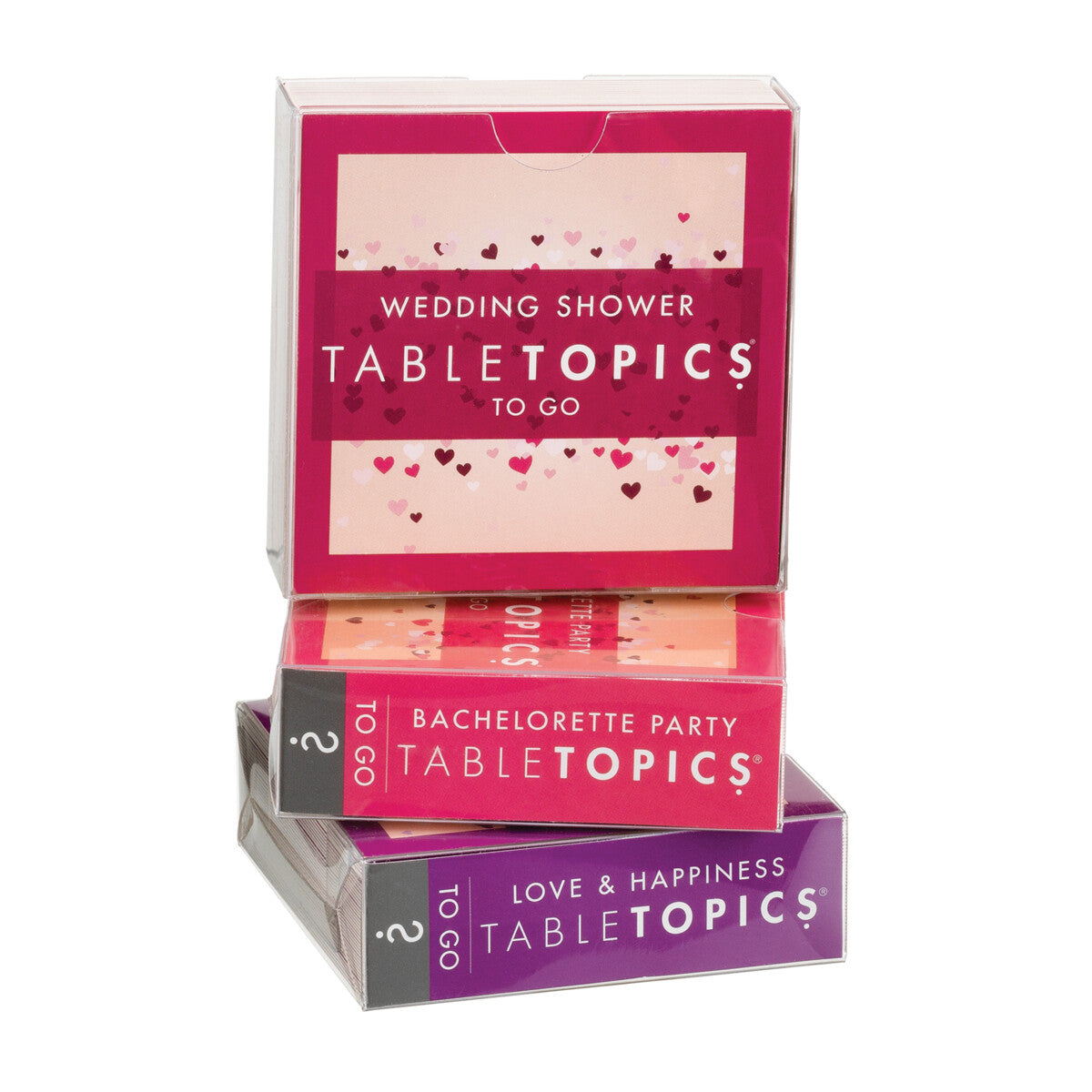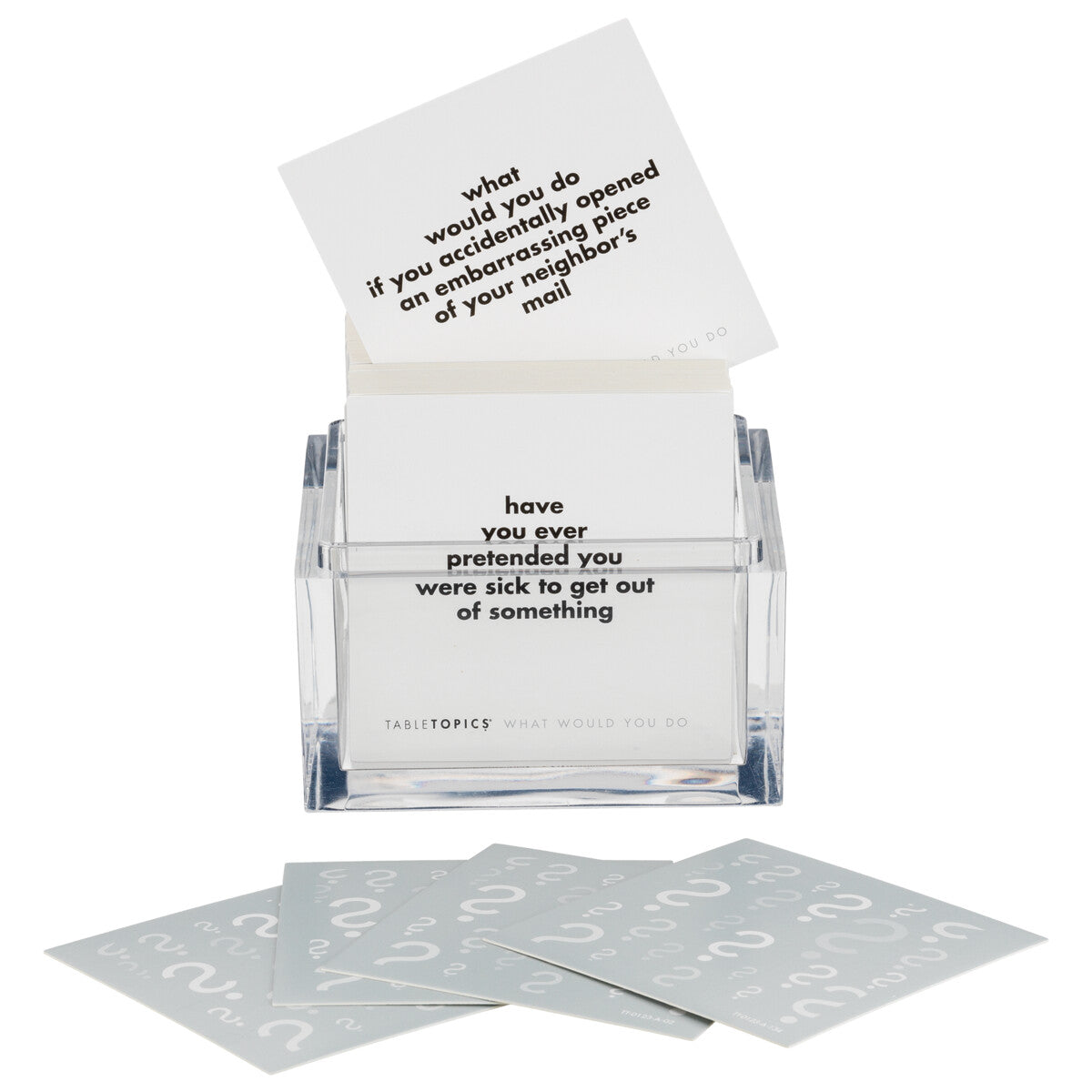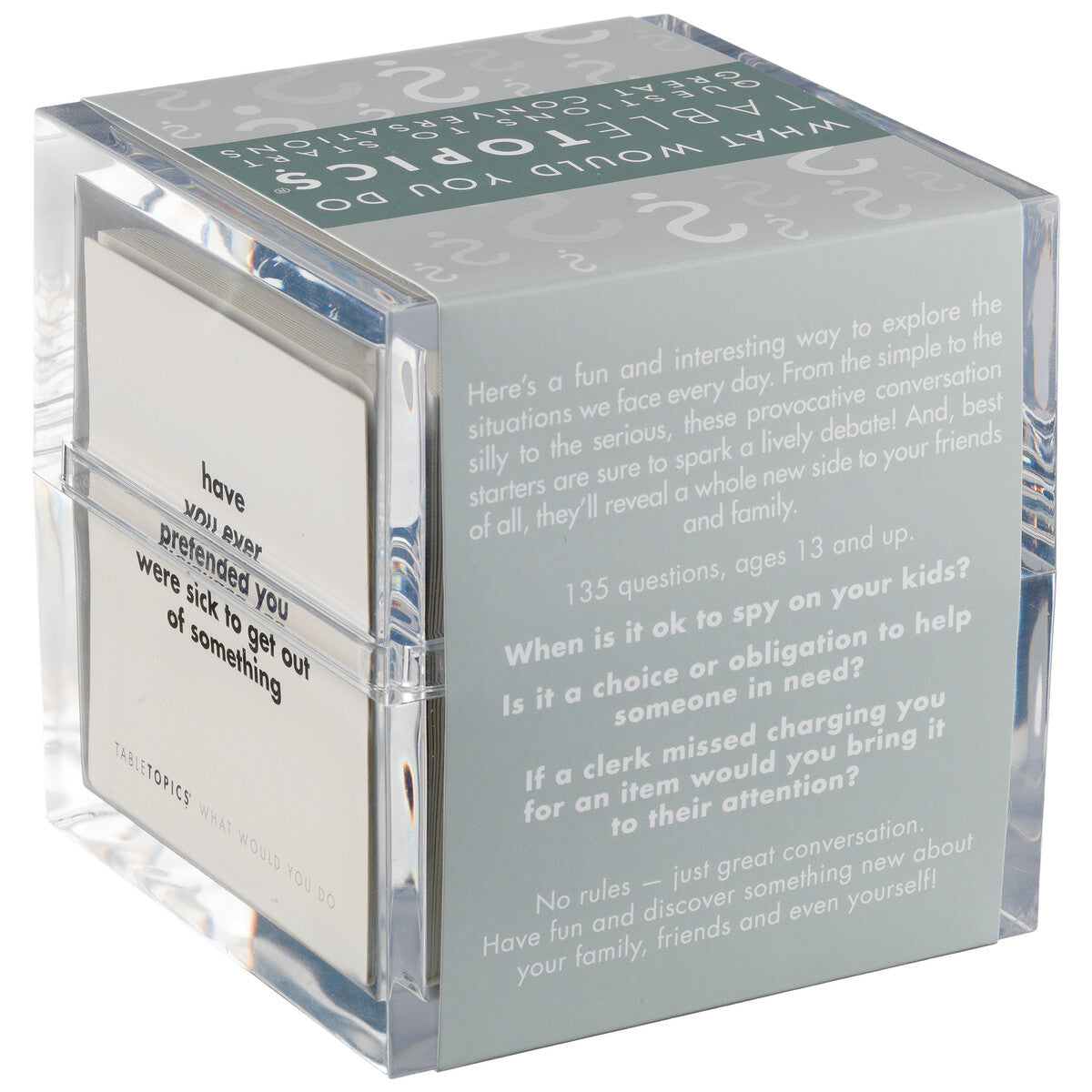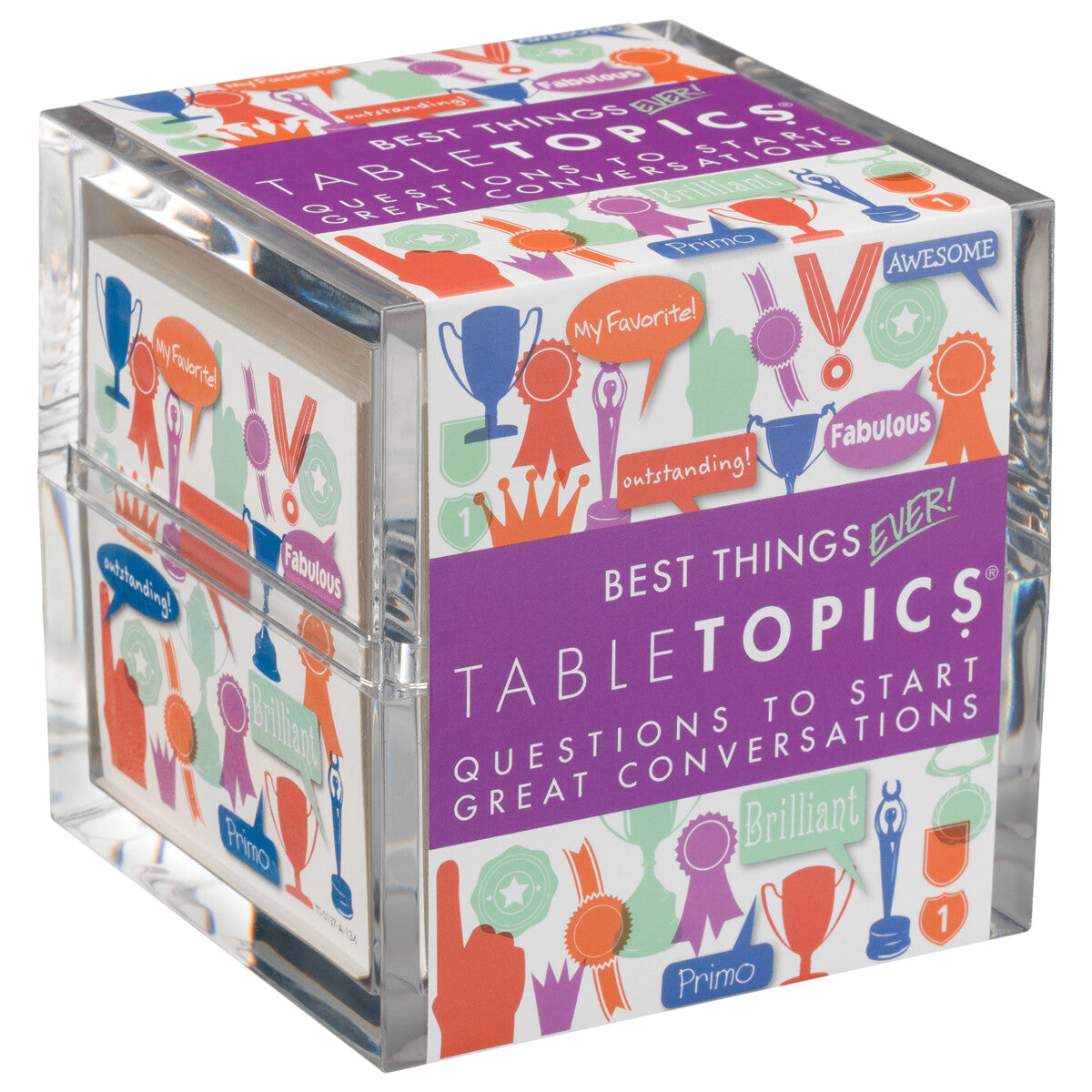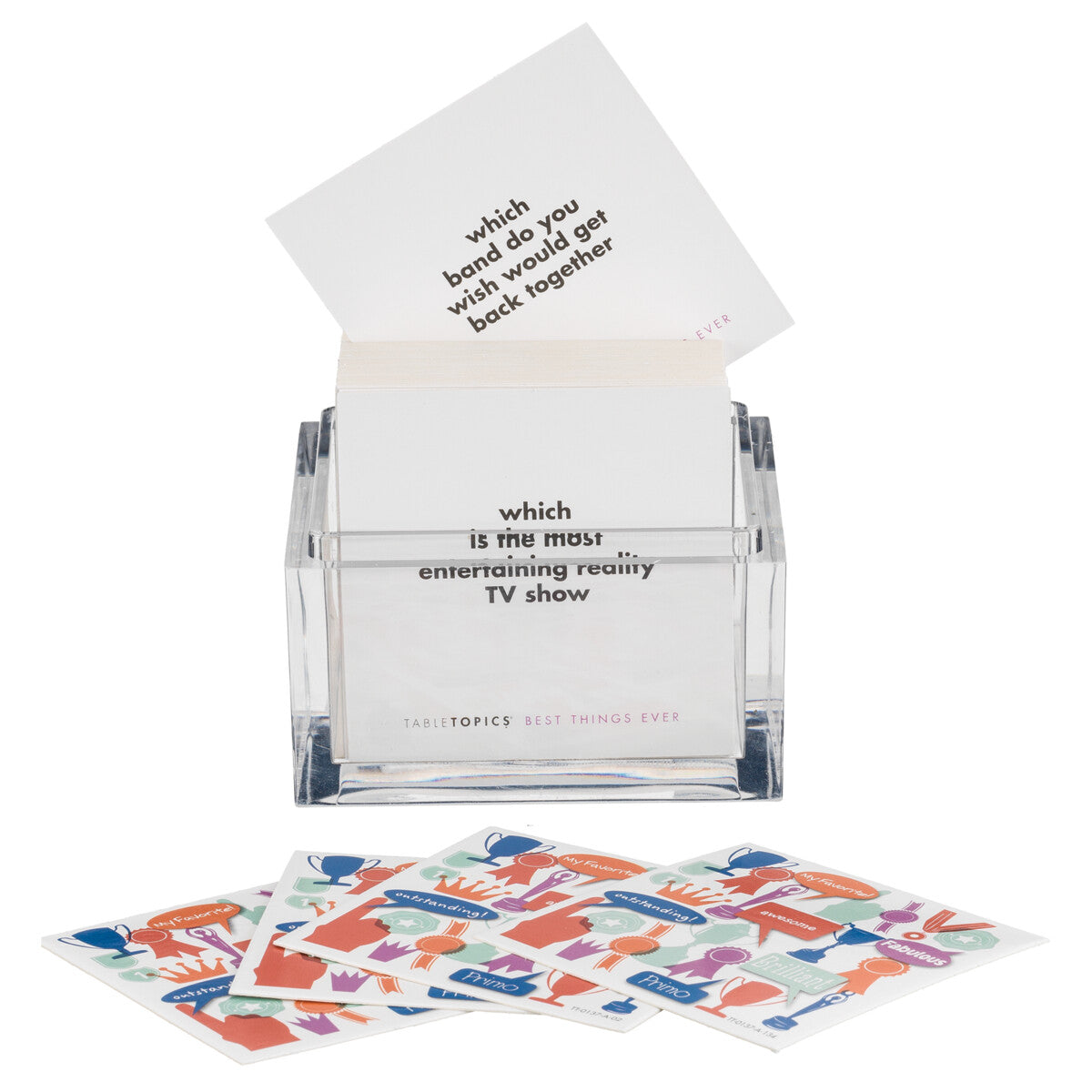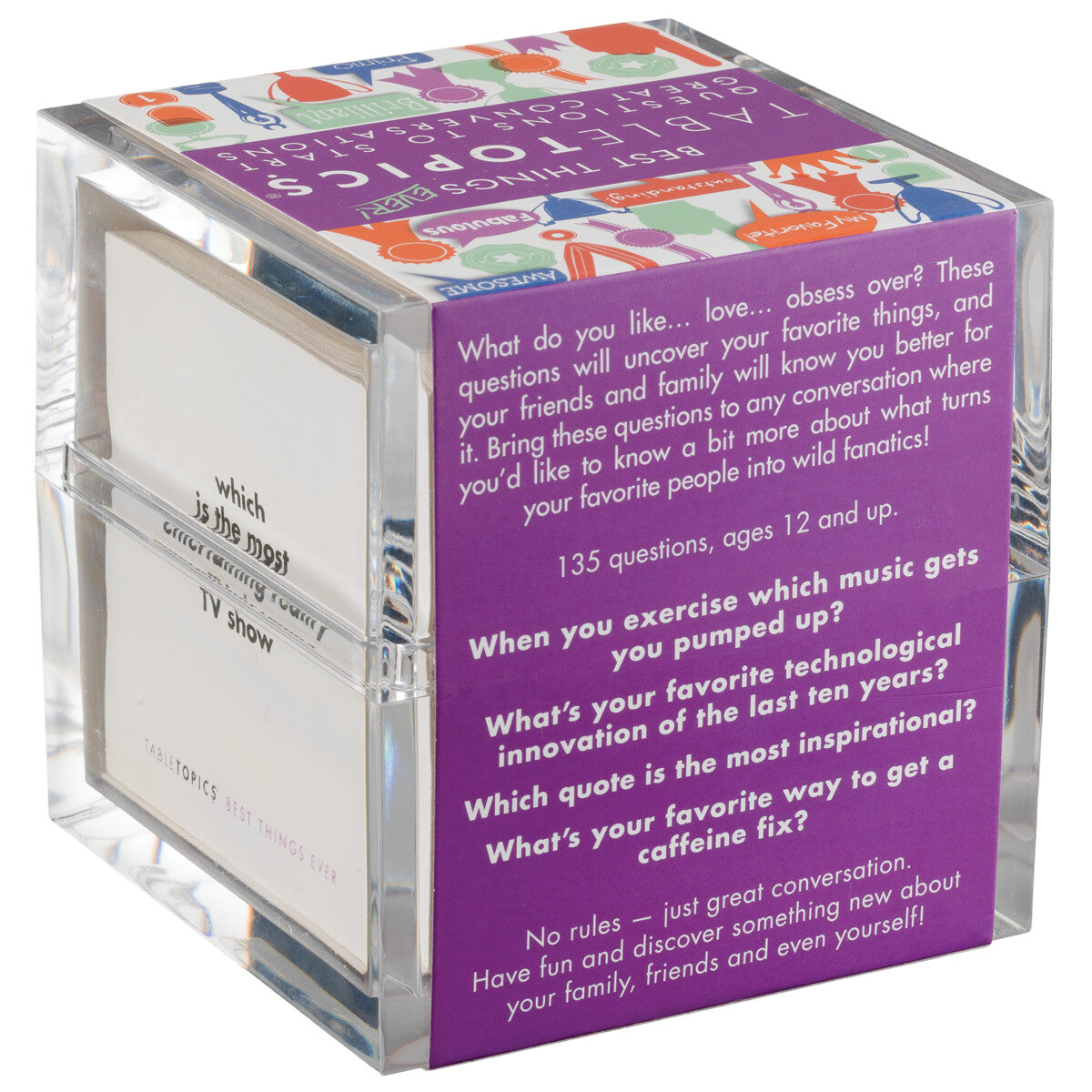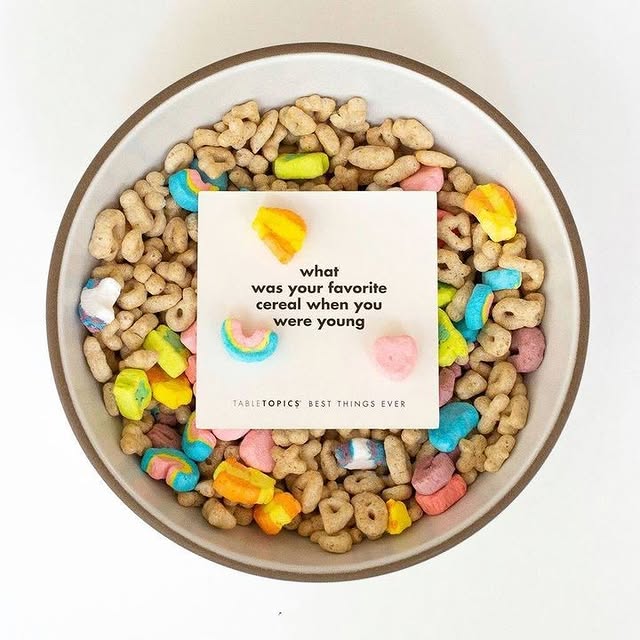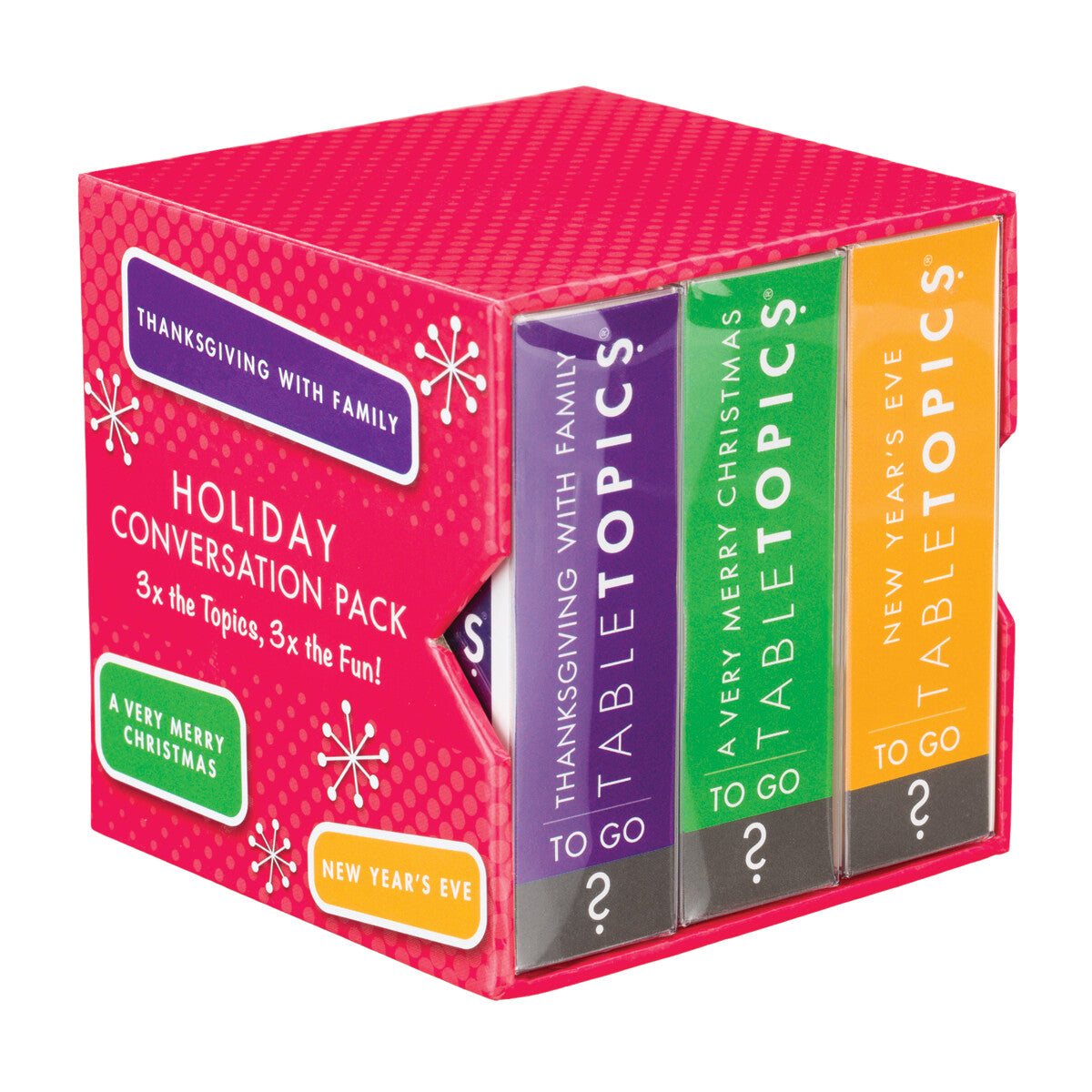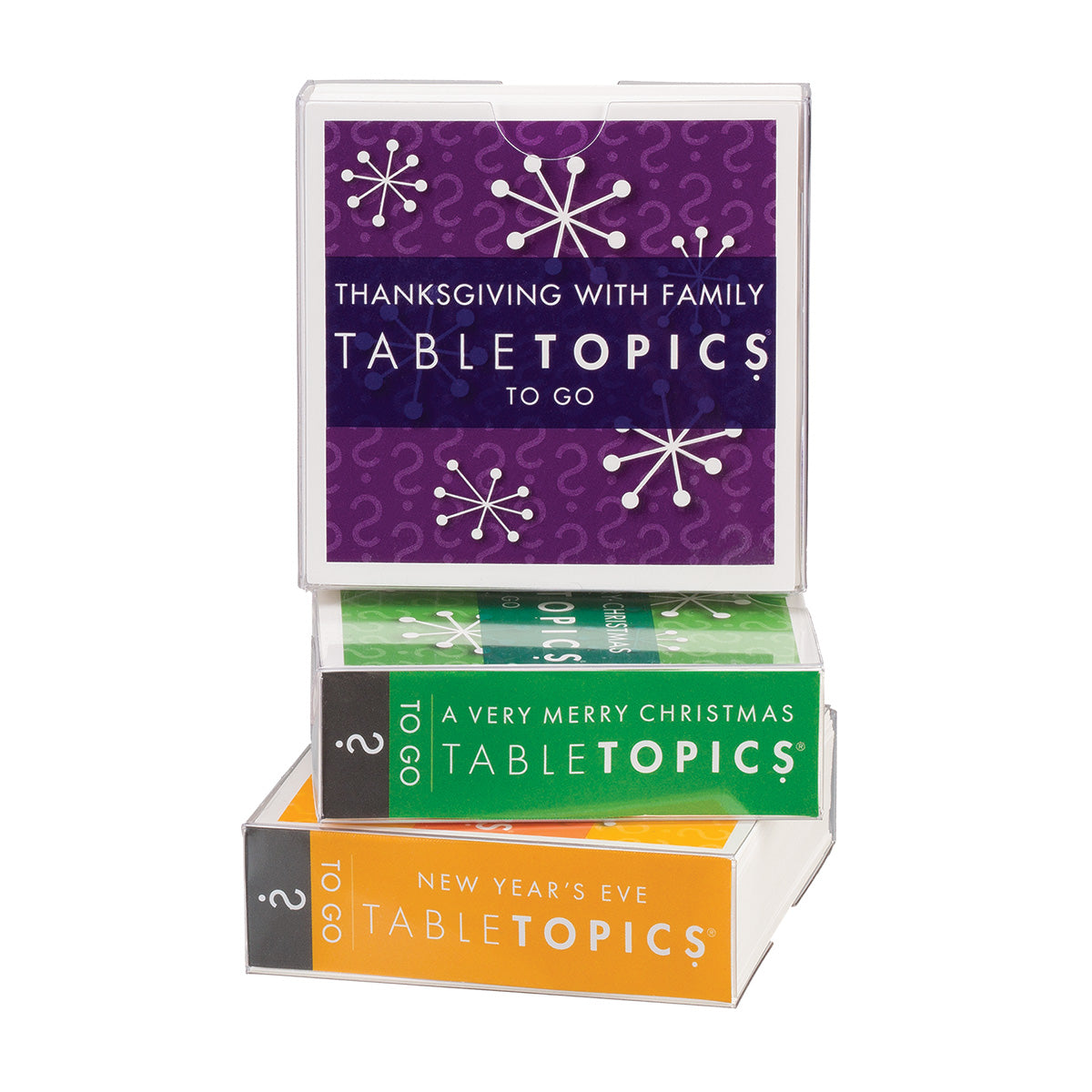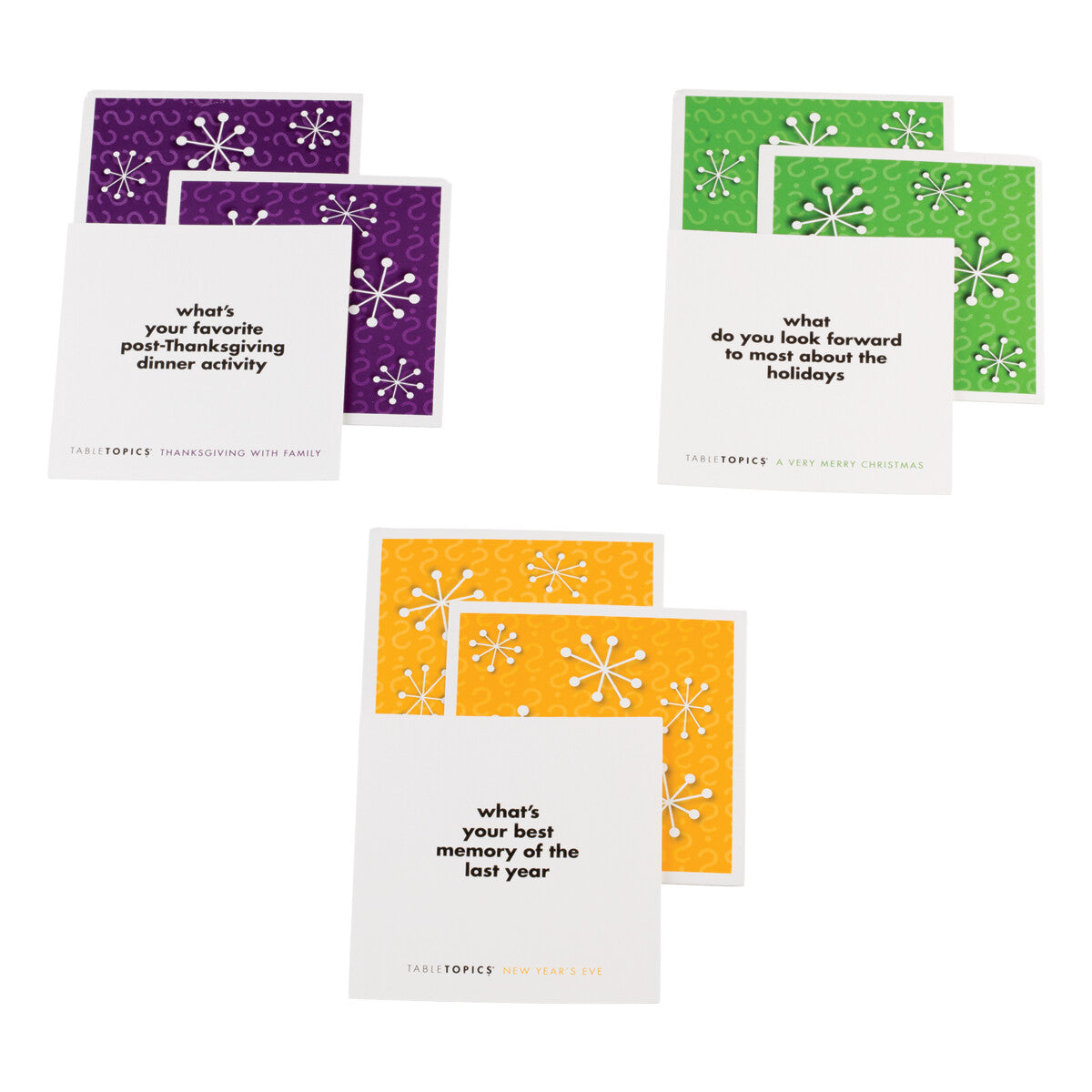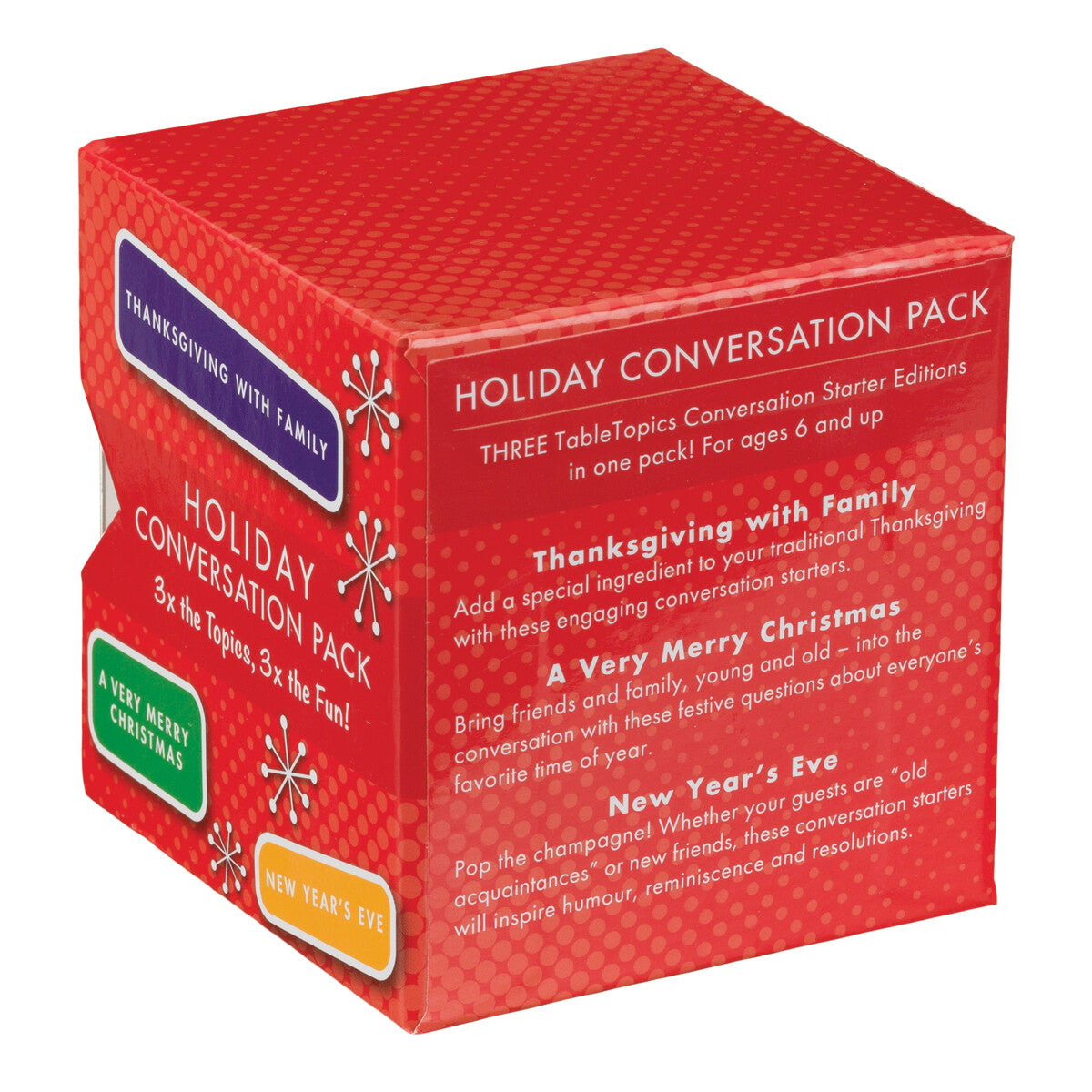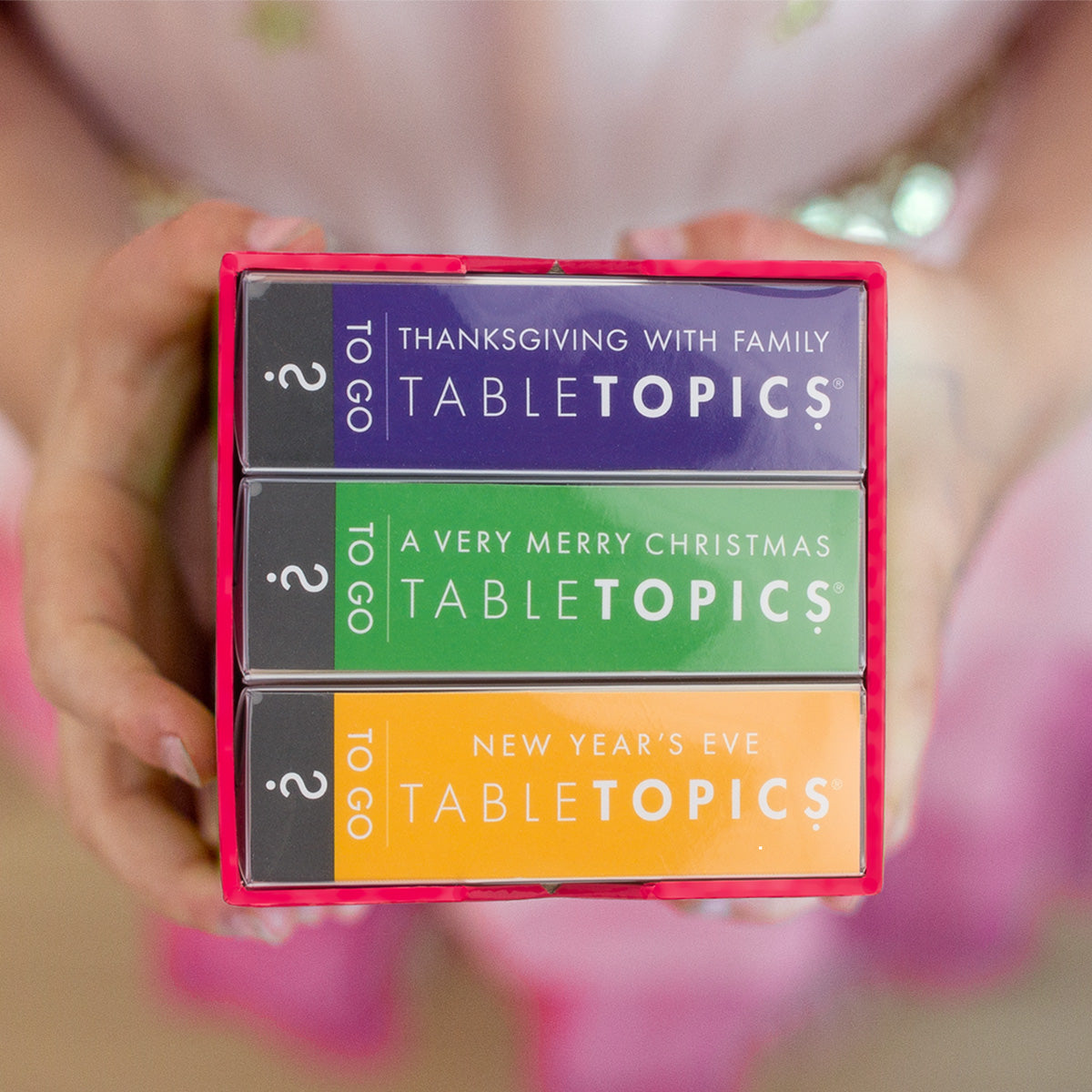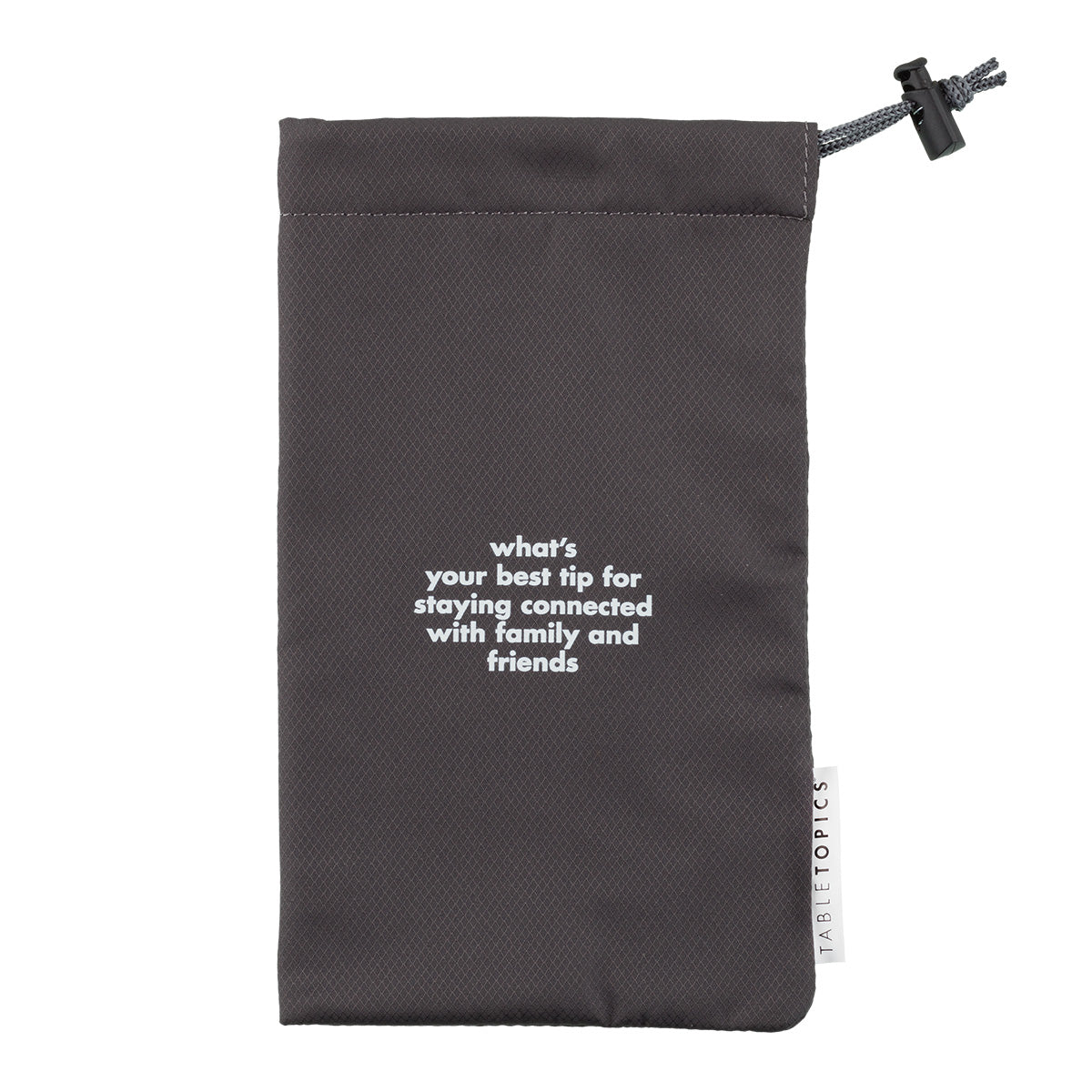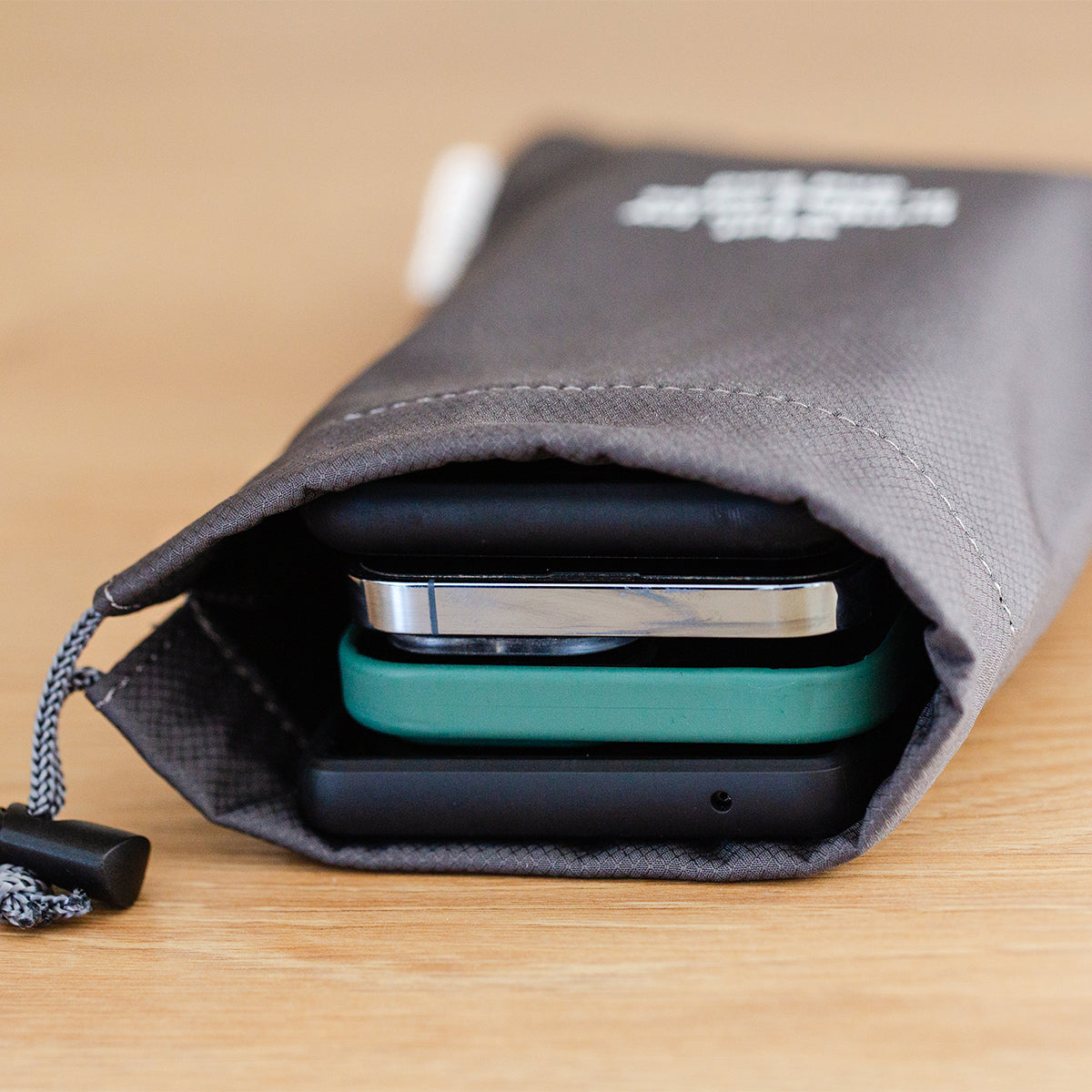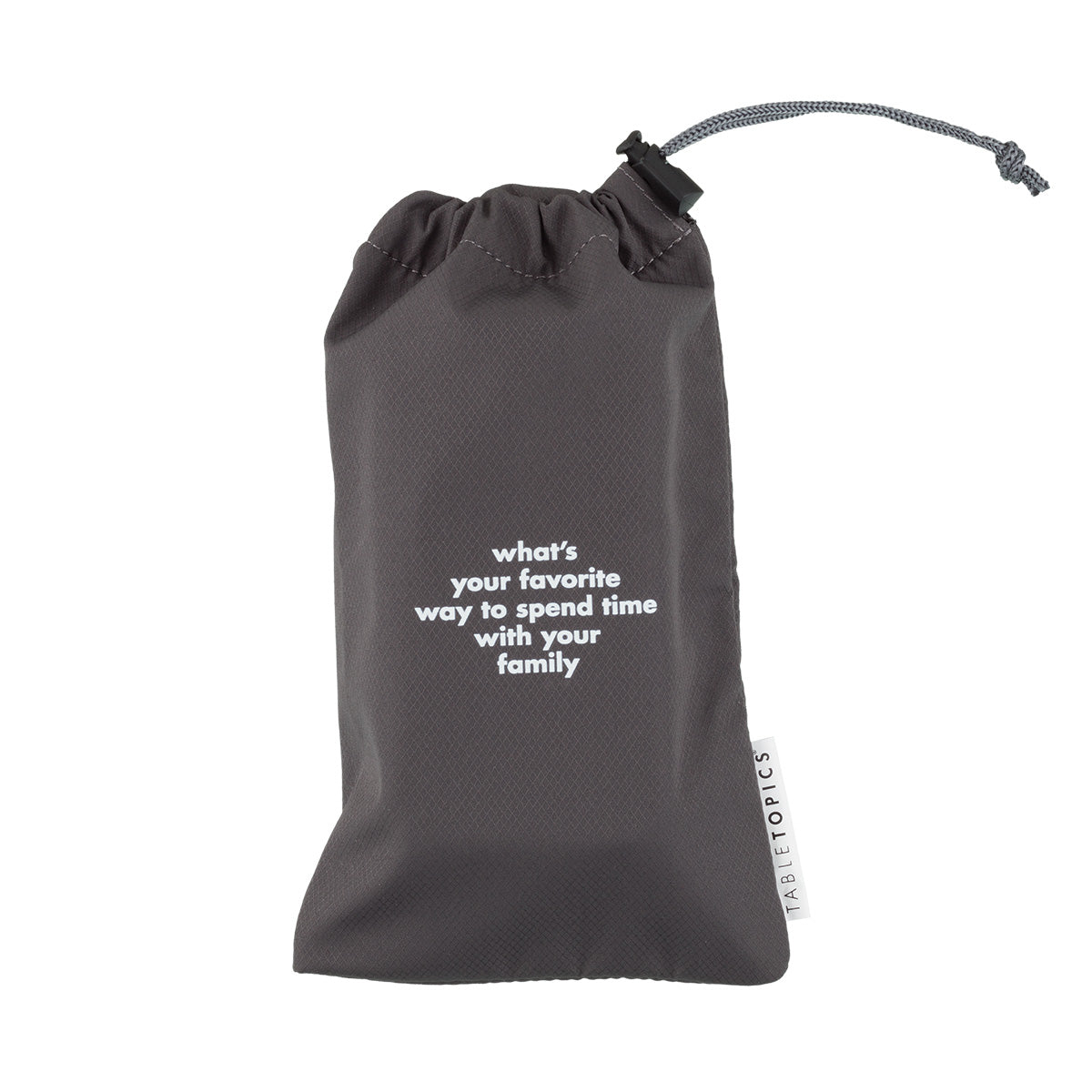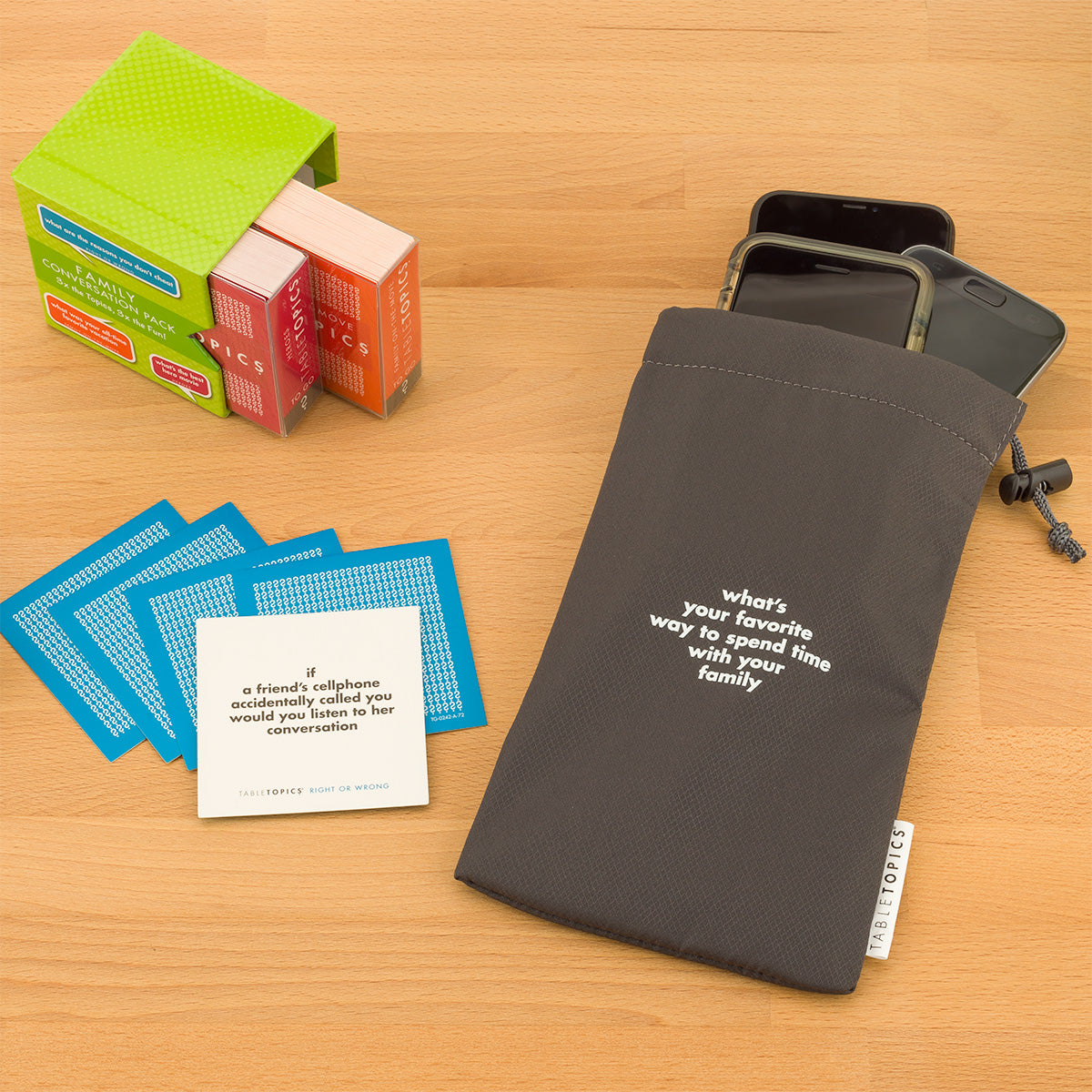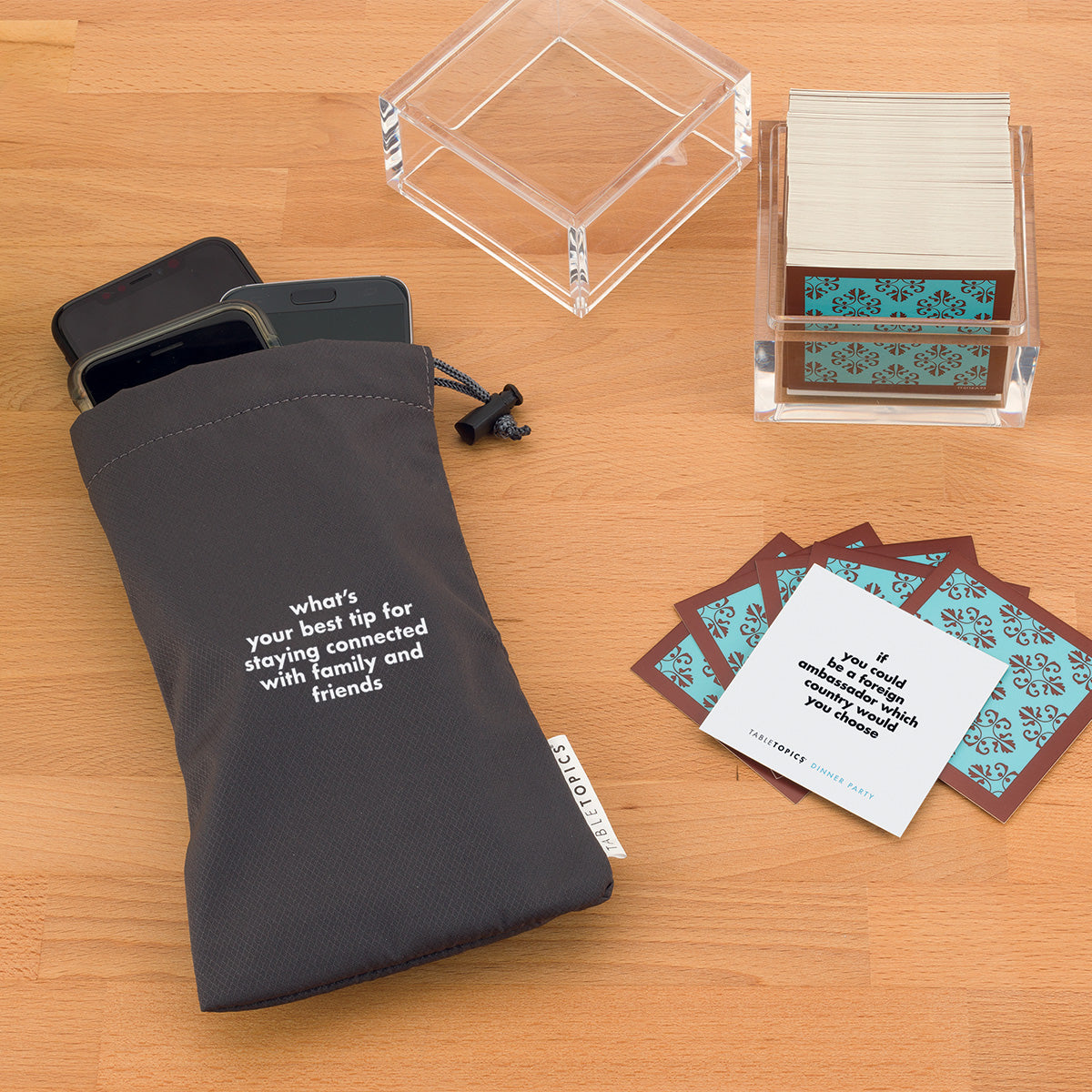Table of Contents
Tip# 1: Decide when you’re hosting and who to invite
Tip# 2: Nail down your serving style
Tip #5: Create an enticing tablescape
Tip #6: Set yourself up for a stress-free clean-up
Tip #7: Reflect on how your night went
Have you been wanting to host a dinner party but have no idea where to begin? Here are some tips that can help you stop procrastinating and get planning:
Tip# 1: Decide when you’re hosting and who to invite
Now, before the holiday season starts, is the very best time to try your hand at hosting. Casual or fancy, it’s up to you. But it will be a lot smoother without the added pressure of a holiday.
To make your life easier, keep your first-time sit-down dinner party guest list small—ideally, six or fewer.
Choose a small group of people who already enjoy each other’s company. Invite your closest friends and their partners, your parents and siblings, or invite coworkers who you’ve been wanting to hang out with.
To ensure everyone’s schedule aligns, give your guests plenty of notice when you invite them. Remember that guests with children have calendars that book up especially quickly.
Friday and Saturday nights are the best nights for a party. Hosting on these nights gives everyone the excuse to stay out late and allows for rest the next day.
If you’d like to be extra formal with your invitations, pick up some party invites at your local stationery store or Target and mail them to your guests through “snail mail.” If you’re feeling slightly less formal, send your invite using Paperless Post or Evite. You can also send a generic “save-the-date” email.
Tip# 2: Nail down your serving style
Here are four serving styles to choose from:
Buffet: Line up your food on a sideboard or the kitchen island and let your guests serve themselves. Pro tip: Place the dinnerware at the beginning of the assembly line so guests aren’t bumping into each other while getting food. This type of serving style is helpful for a larger number of guests because it eliminates the need to set a formal table for so many people.
Potluck: Ask everyone who is joining to bring a dish to share. This can be especially fun for themed parties, and you can offer guests ideas and suggestions. Depending on the number of guests, this style can cover every phase of the meal — from wine to appetizers and dessert — so you have less preparation and cooking to do!
Potluck Cook-off: Choose a food theme and challenge guests to put their cooking skills to the test! Depending on the size of your party, you can assign guests in groups of 2–4 to cook a main course (such as chili or lasagna), a dessert (who makes the best peach cobbler?), or an appetizer or dip. Prepare rating cards for guests to use to vote for their favorite dish. Consider giving the winner a prize, such as a candle, a bottle of wine, or a small kitchen gadget.
Family-style: Family-style dinners eliminate the need to plate everything ahead of time, giving you more time to actively participate in your party. Set all of the main dishes on your serving table and let everyone help themselves. This style of serving lends itself to a casual and relaxed sit-down dinner.
Tip #3: Build your menu
Think of your dinner party menu as three acts: Before dinner (also known as “Cocktail Hour”), Dinner, and Dessert.
For a 6-person gathering, a good rule of thumb is to serve three appetizers, assorted finger foods (such as marinated olives or nuts), and an interesting cocktail. If your guests don’t drink alcohol, you can find many suggestions for non-alcoholic spritzers that correspond to your theme. Dinner should consist of a main dish and three side dishes: one vegetable, one starch, and one bright salad. Dinner may be followed with a dessert and coffee/tea or after-dinner aperitifs.
Generally, guests will eat five appetizer pieces in the first hour and three appetizer pieces in the subsequent hour, until dinner is served. Keep this in mind as you plan out your mingling time and your seated dinner time.
Do your guests have any dietary restrictions? If so, what are they, and can you channel those restrictions into building an interesting menu with a featured or seasonal entrée?
- If you’re cooking for vegetarians, consider an Indian-inspired menu with seasonal produce cooked from your local farmer’s market.
- If some of your guests are gluten-free, use that as an excuse to showcase your innovative baking skills.
- Or because you love the Fall, perhaps build the menu around traditional autumnal dishes.
Tip #4: Prepare in advance
Remember that one of the keys to successful party hosting is staying relaxed. A Zen host makes for happy guests. Do as much as you can to prepare in advance so you can mingle when your guests arrive.
Make a planning checklist to ensure all the details are covered. Your checklist should include grocery items (once you’ve settled on your dinner party menu), items to purchase for decorations, and tasks you need to complete around the house, like cleaning and setting the table.
Timing tips:
- Determine how long it will take you to prepare appetizers/cocktails, how long your cooking time will be, and how long it will take to tidy your house.
- Based on your calculations, determine if you need to cook one or two dishes the day before.
- Determine what time to start cleaning based on your totals for your food preparation time.
Tip #5: Create an enticing tablescape
Nothing sets the mood of a party more than festive decorations. Tablescapes are so much more than just beautiful silverware. Tablescapes not only tie the food to your dinner party theme, but they can also become a topic of conversation.
Are you hosting a Fall party? Consider an autumnal centerpiece for the dinner table. Use a vase filled with orange, yellow, and red flowers. Line up cinnamon sticks next to each place setting.
To encourage engaging conversations, put a TableTopics card at each place setting. We offer Conversation Starter card sets for many dinner party themes: Dinner Party, Not Your Mom’s Dinner Party, What Would You Do, and Best Things Ever, among many others!
Other ideas for brightening your table:
- Use colorful glassware.
- Use an exotic potted plant as your table centerpiece.
- Choose dinner table decorations that showcase unique artwork.
- Use tea lights, votives, and assorted pillar candles to create vertical visual contrast.

Tip #6: Set yourself up for a stress-free clean-up
Prep your cooking spaces ahead of time so you don’t have to wash dishes before you even start cooking.
Tidy up as you go. While you’re cooking, wash dishes and wipe down the counters so nothing accumulates where it shouldn’t before your dinner party.
Keep your dinner party centralized in one or two rooms, so you only need to tidy the spaces where people will be gathering.
As soon as you’ve eaten, consider bringing some of the dishes to the kitchen. Designate a separate container in the sink for utensils to soak. Dishes can be neatly stacked on the counters for later or left to soak in the sink until the guests depart. If you feel like taking a guest’s offer to help with the dishes, now is the time to take them up on it!
Set up a load of laundry for your dinner party linens. Gather all the dirty napkins, your apron (if you used one), and the tablecloth, and get the washer running when you have the energy.
Remember: You don’t need to do everything on your own. Guests often like to contribute before or during the party. If they offer to help, ask them to bring a bottle of wine, a side dish, or a dessert. After dinner, accept their offers to clear the plates or help with the dishes.

Tip #7: Reflect on how your night went
One of the best ways to host future successful sit-down dinners is to draw on past experience. Take a moment to think about which dishes were popular, which guests got on with each other, and what set the mood well. Now, take a moment to bask in the glow of your successful gathering!


